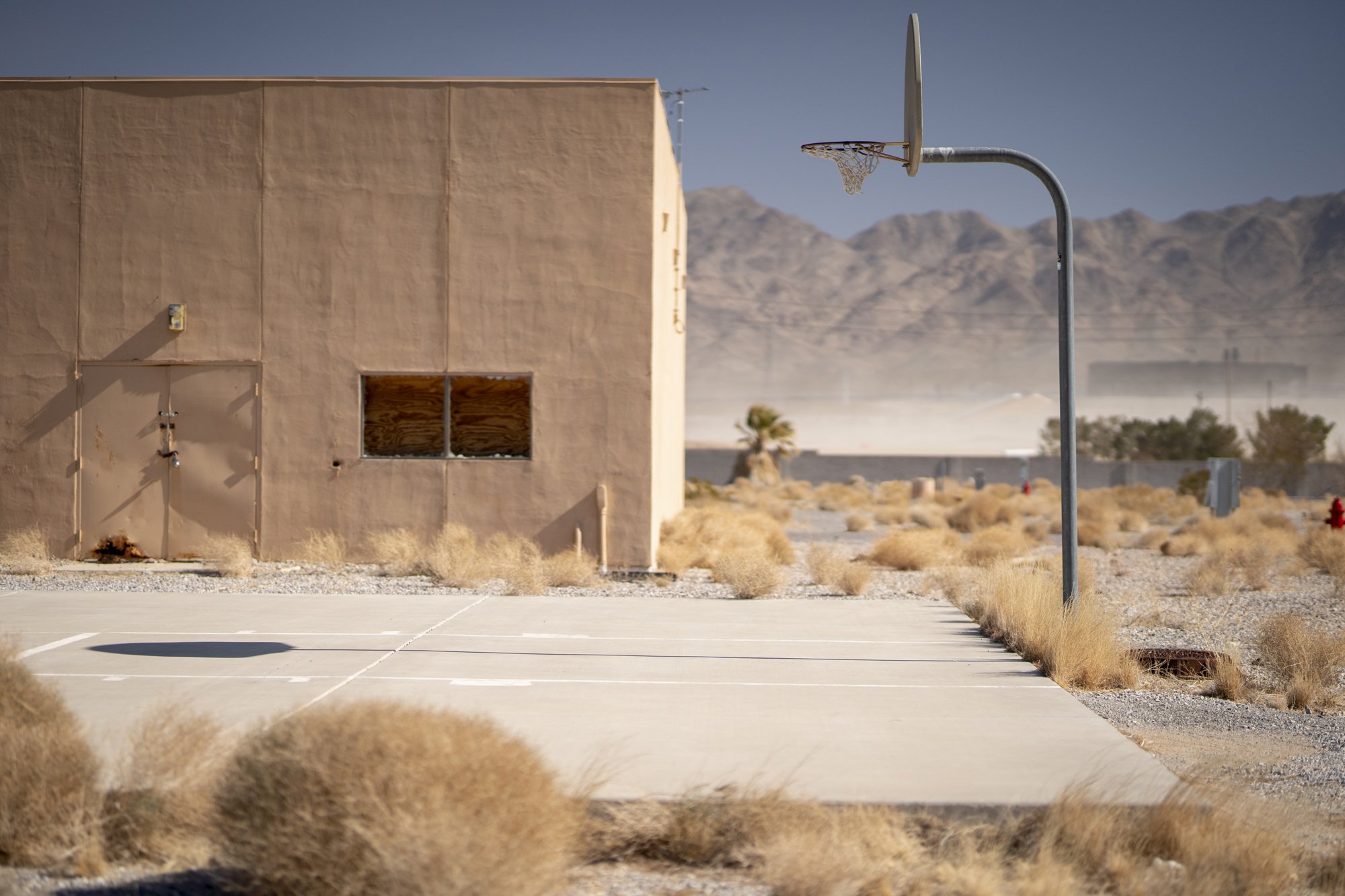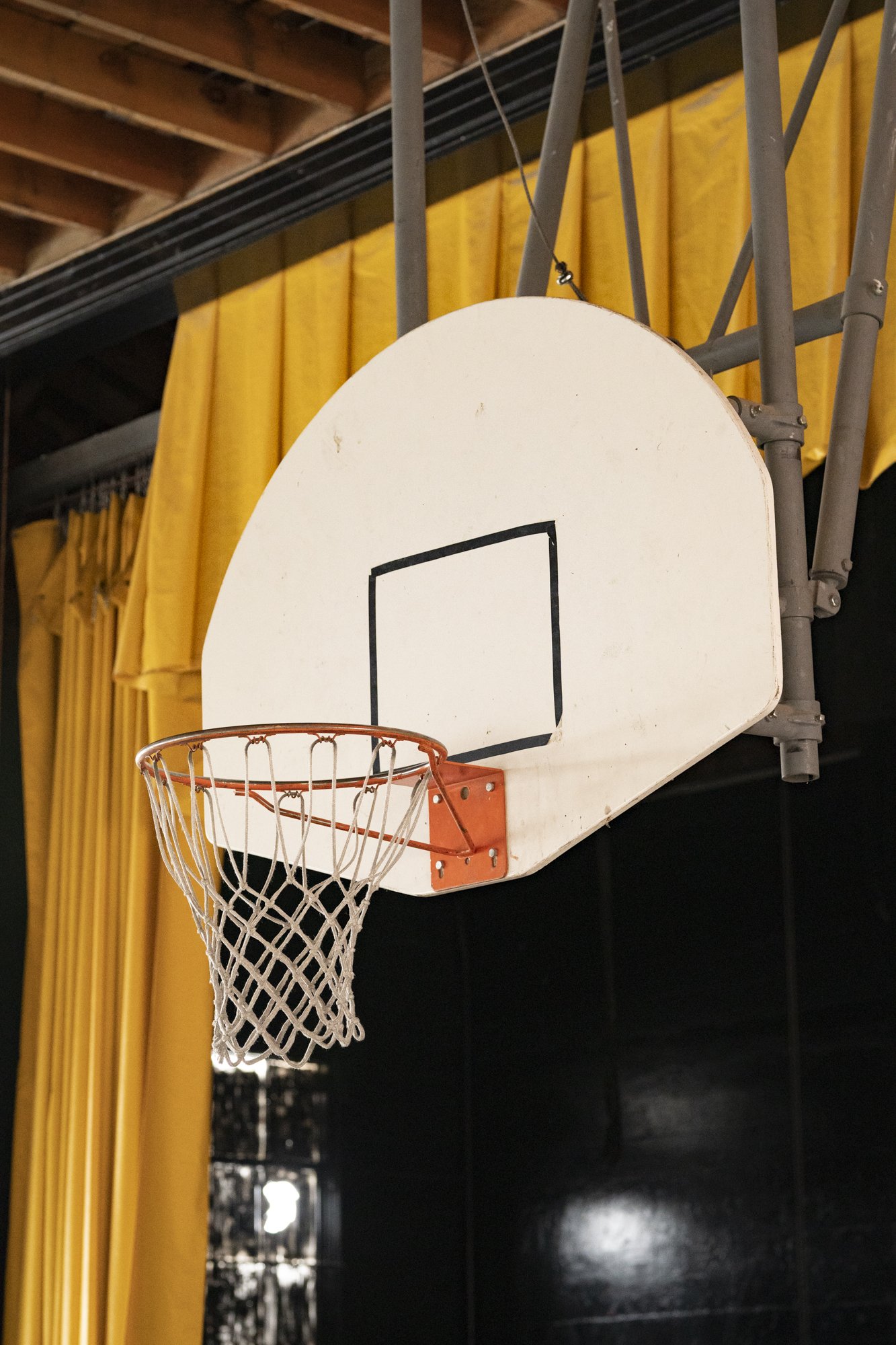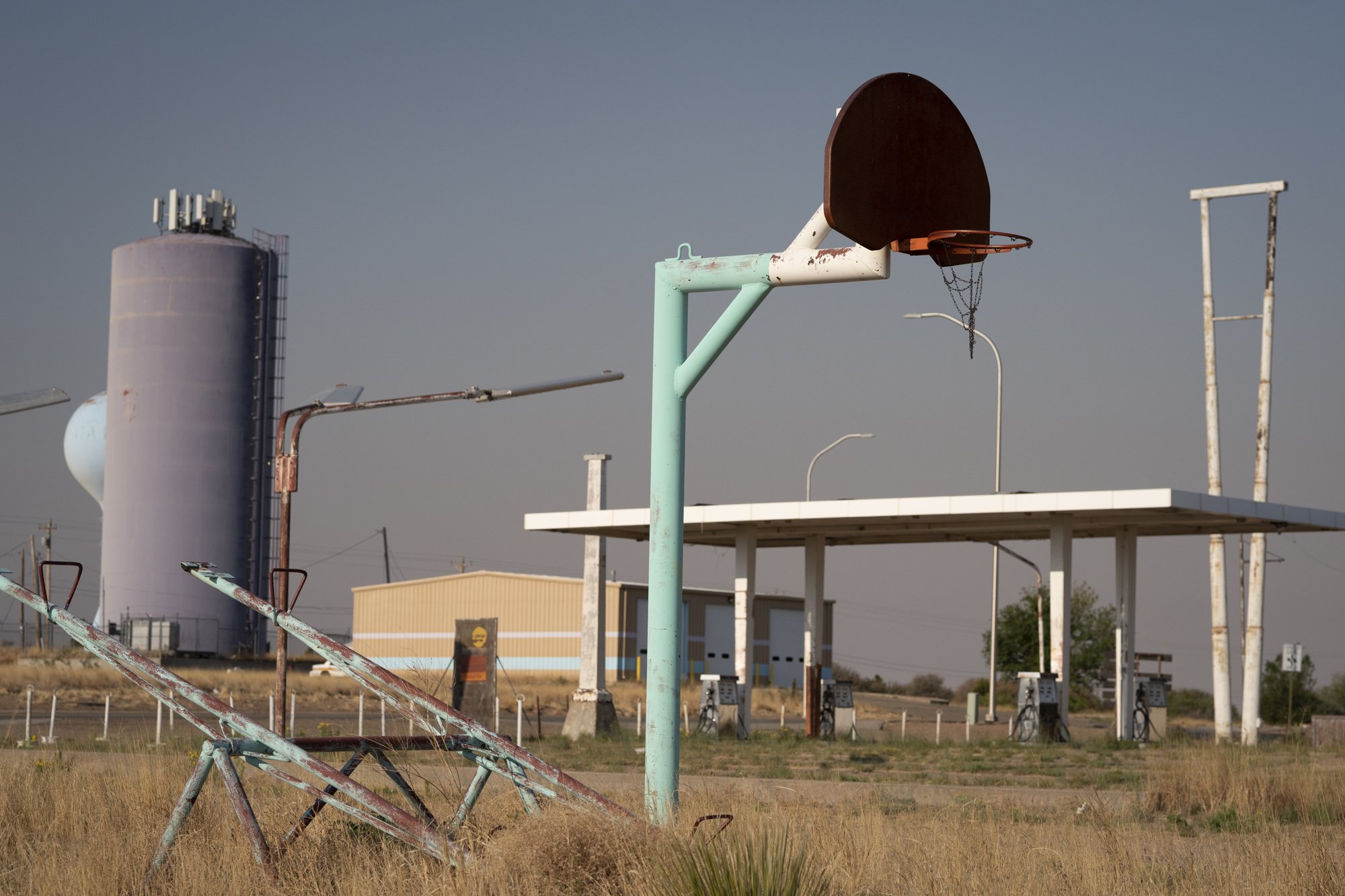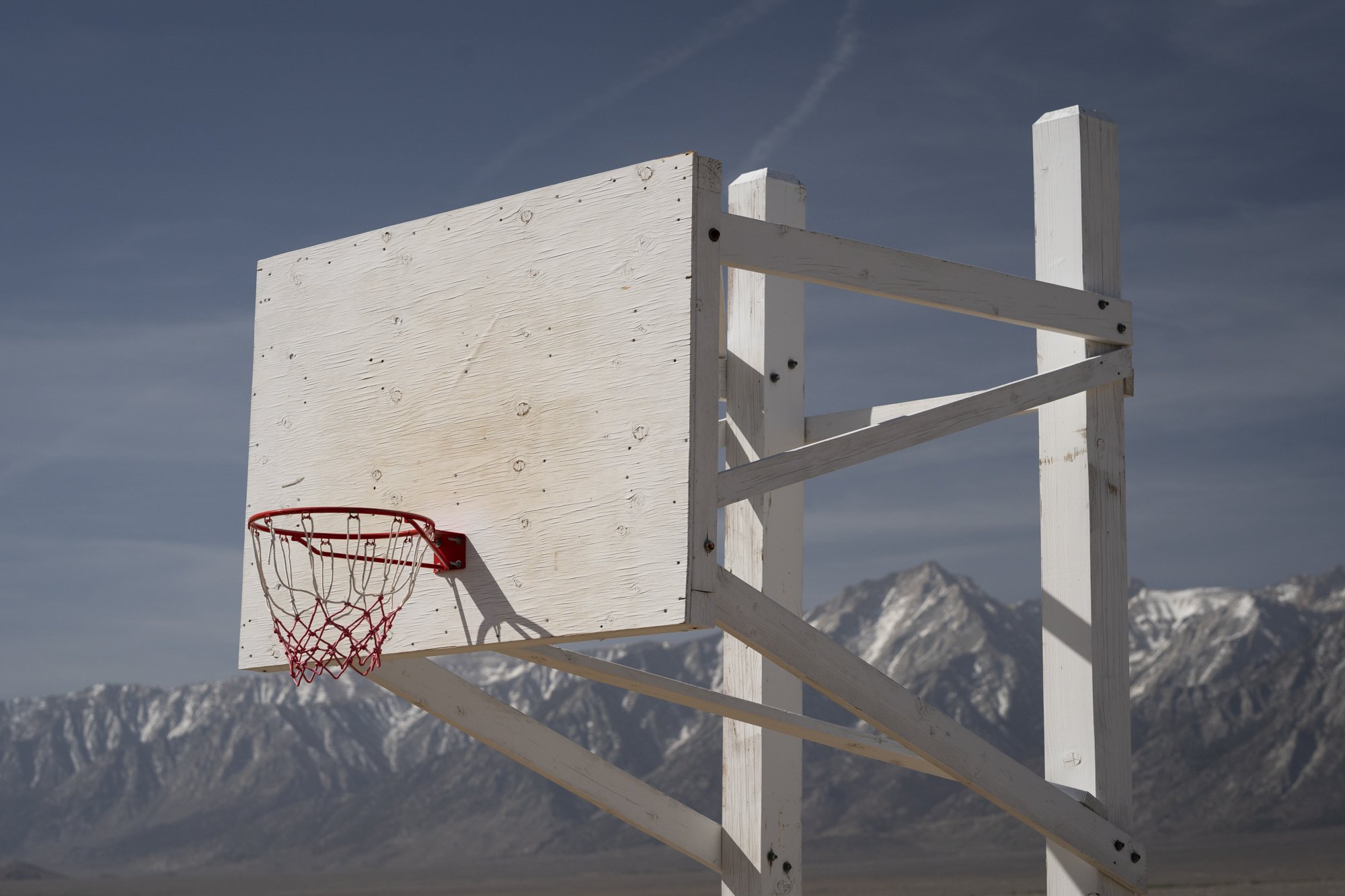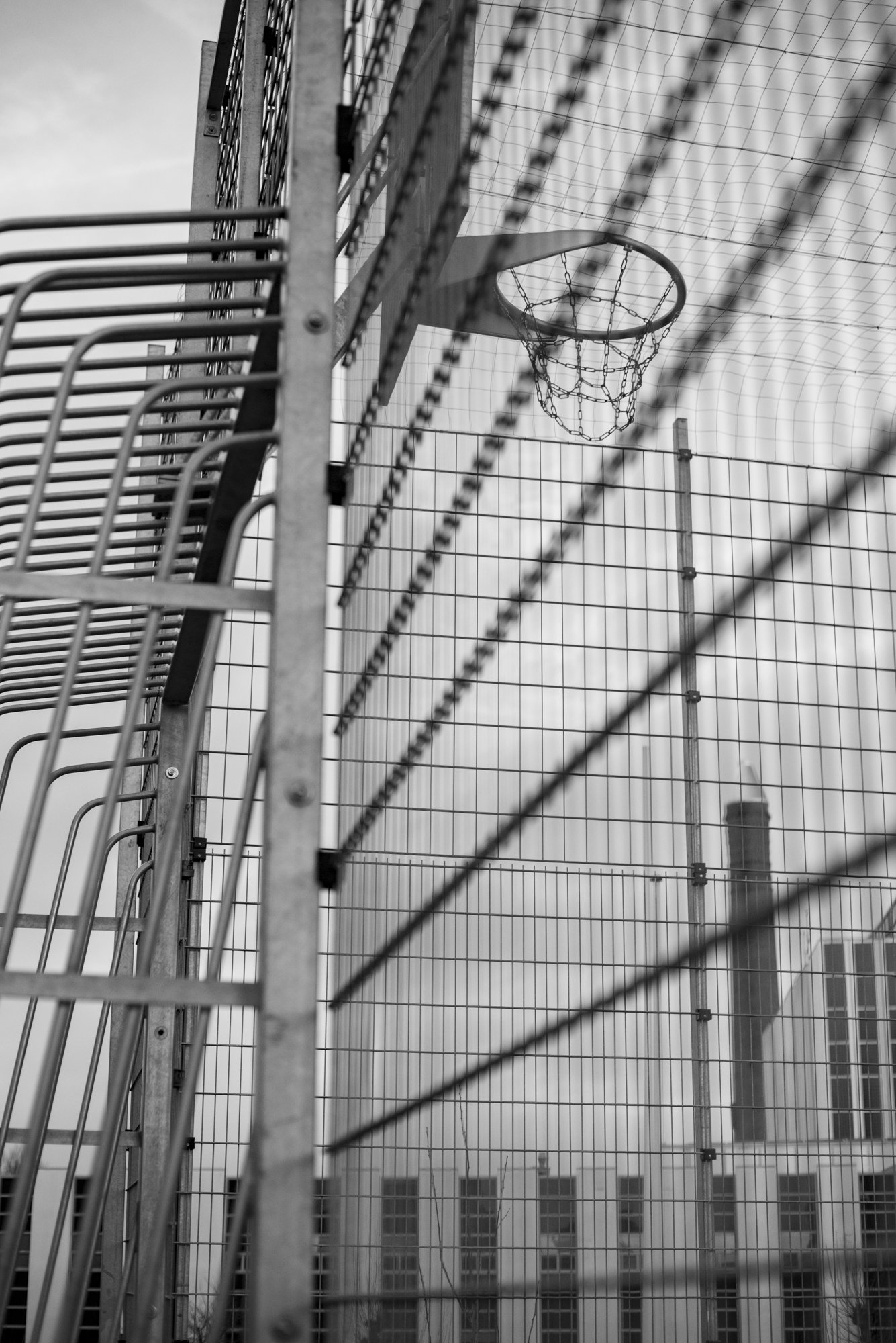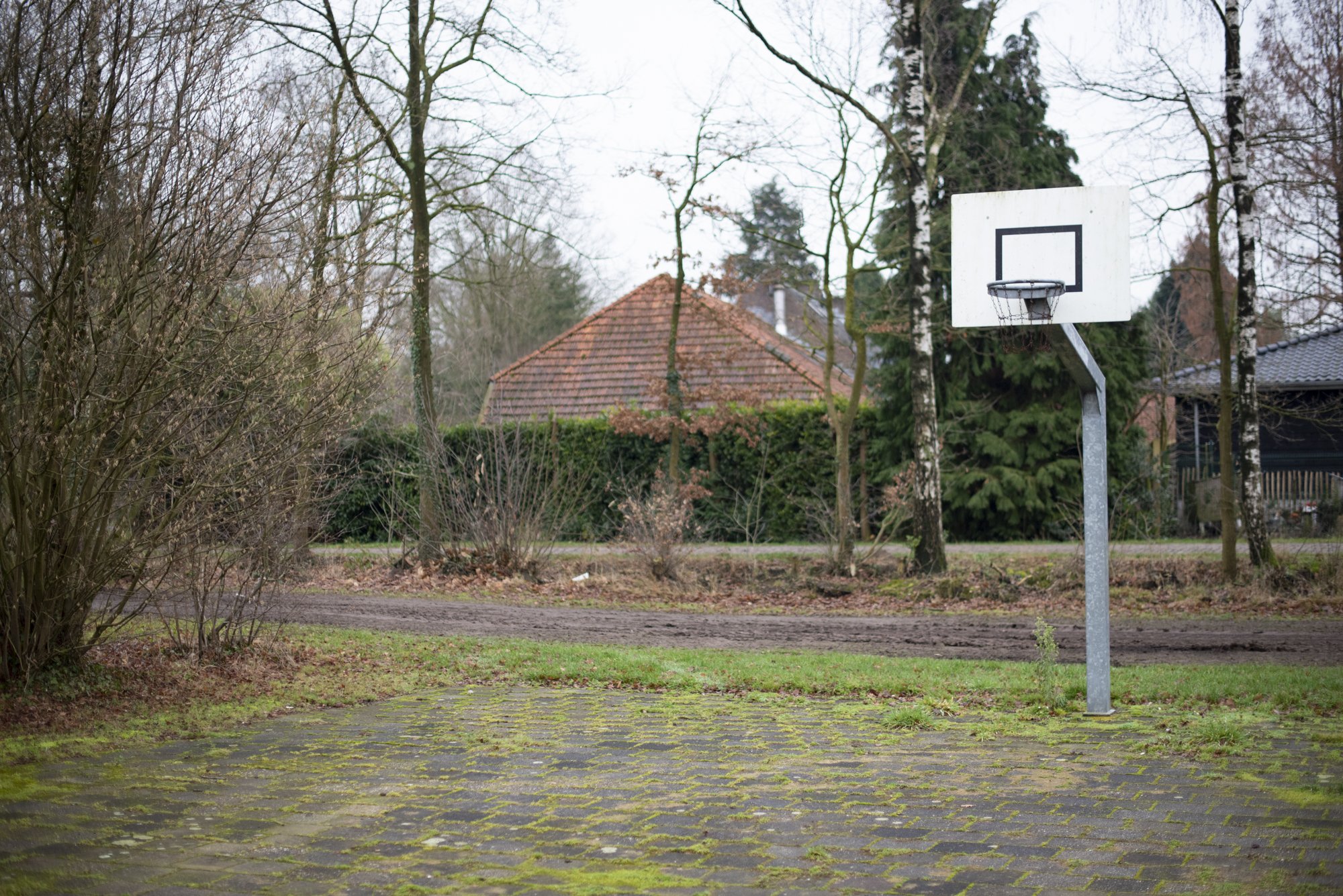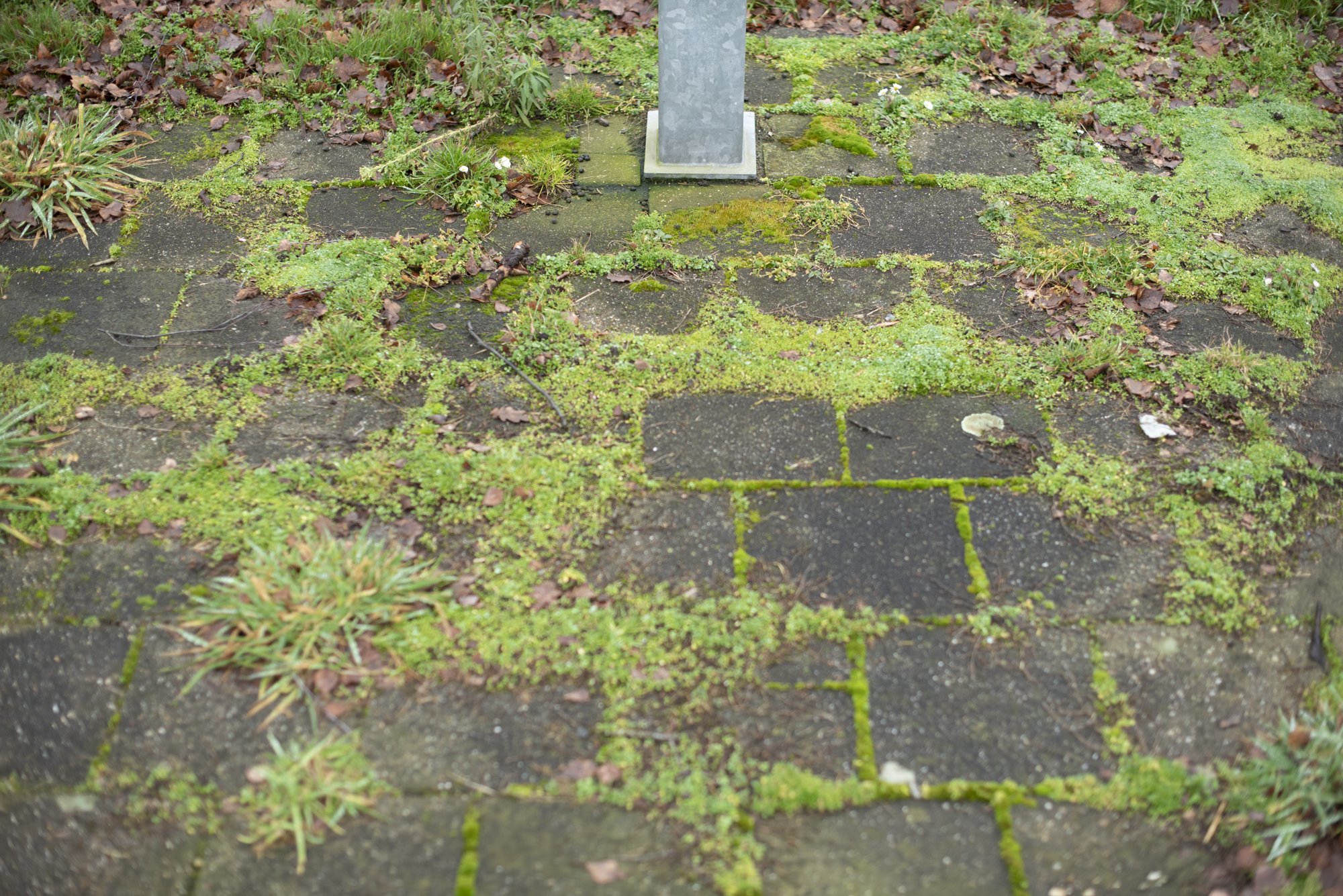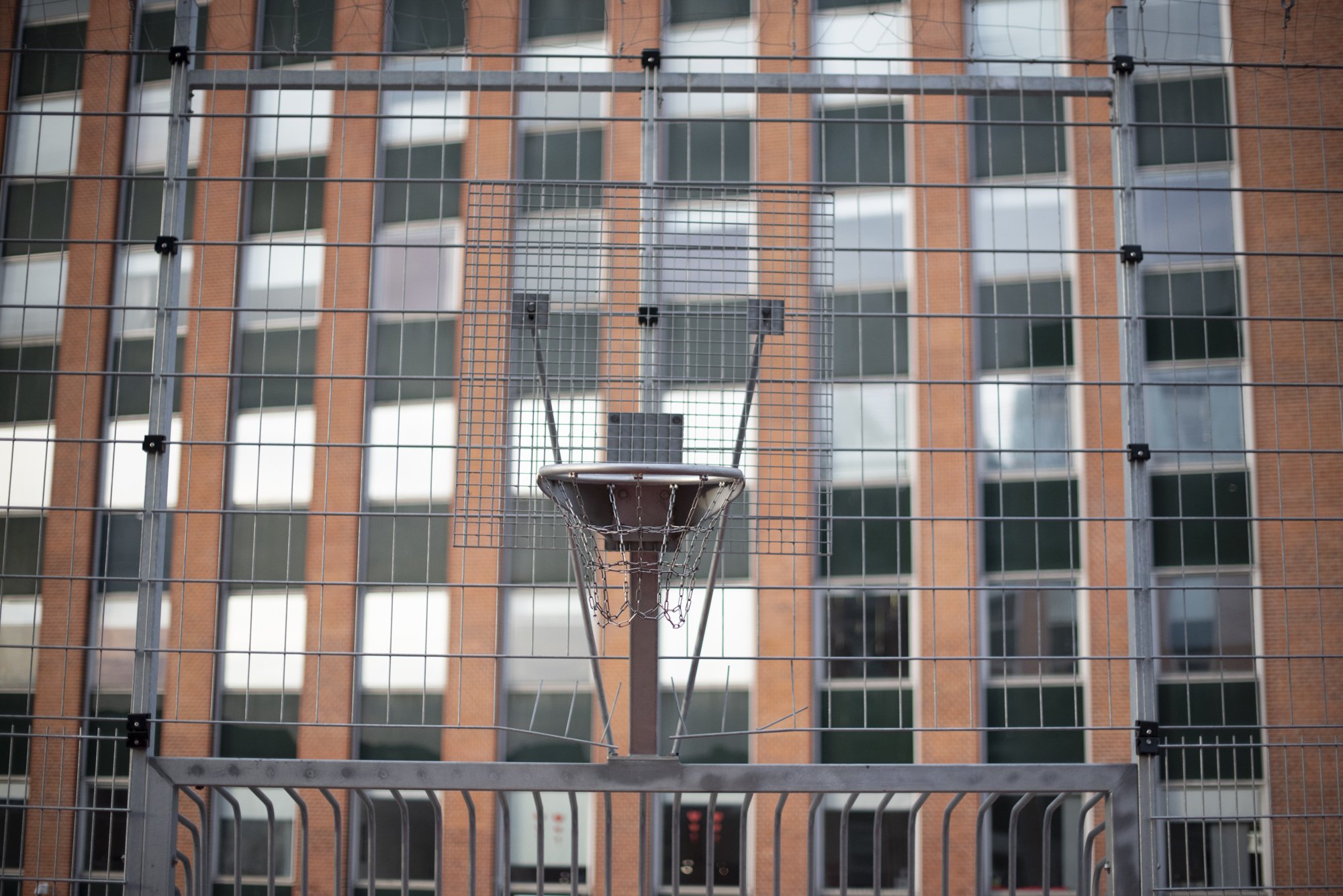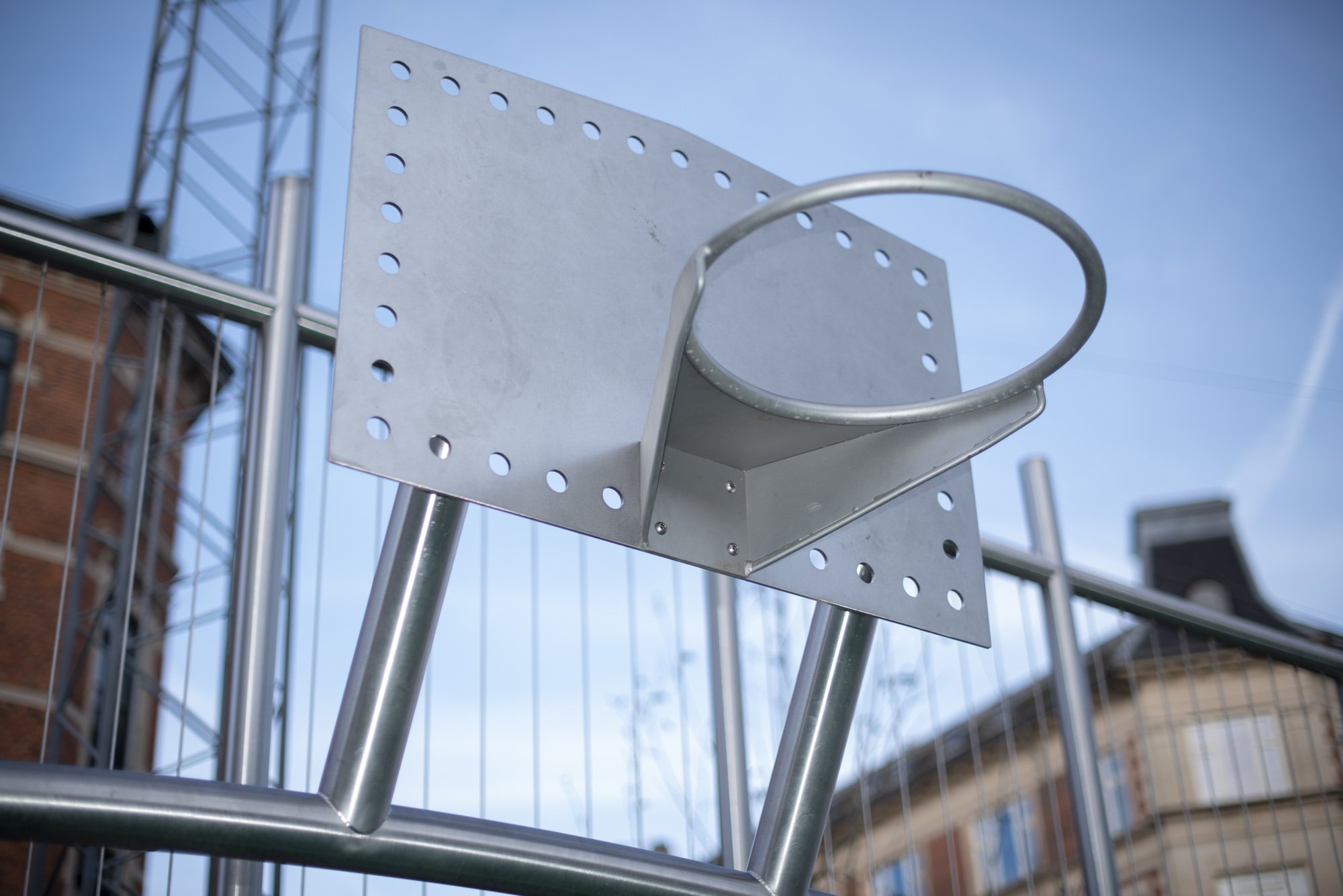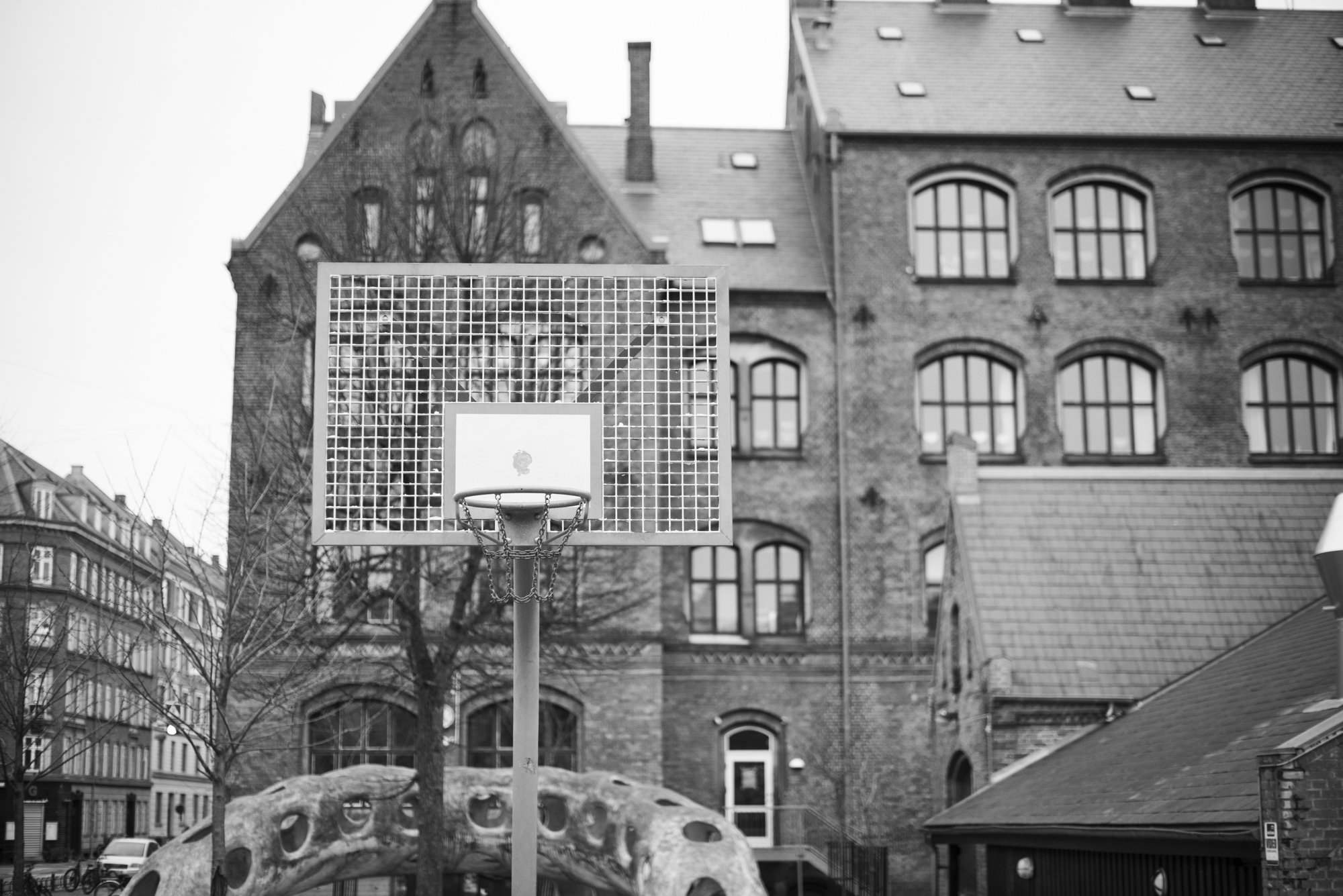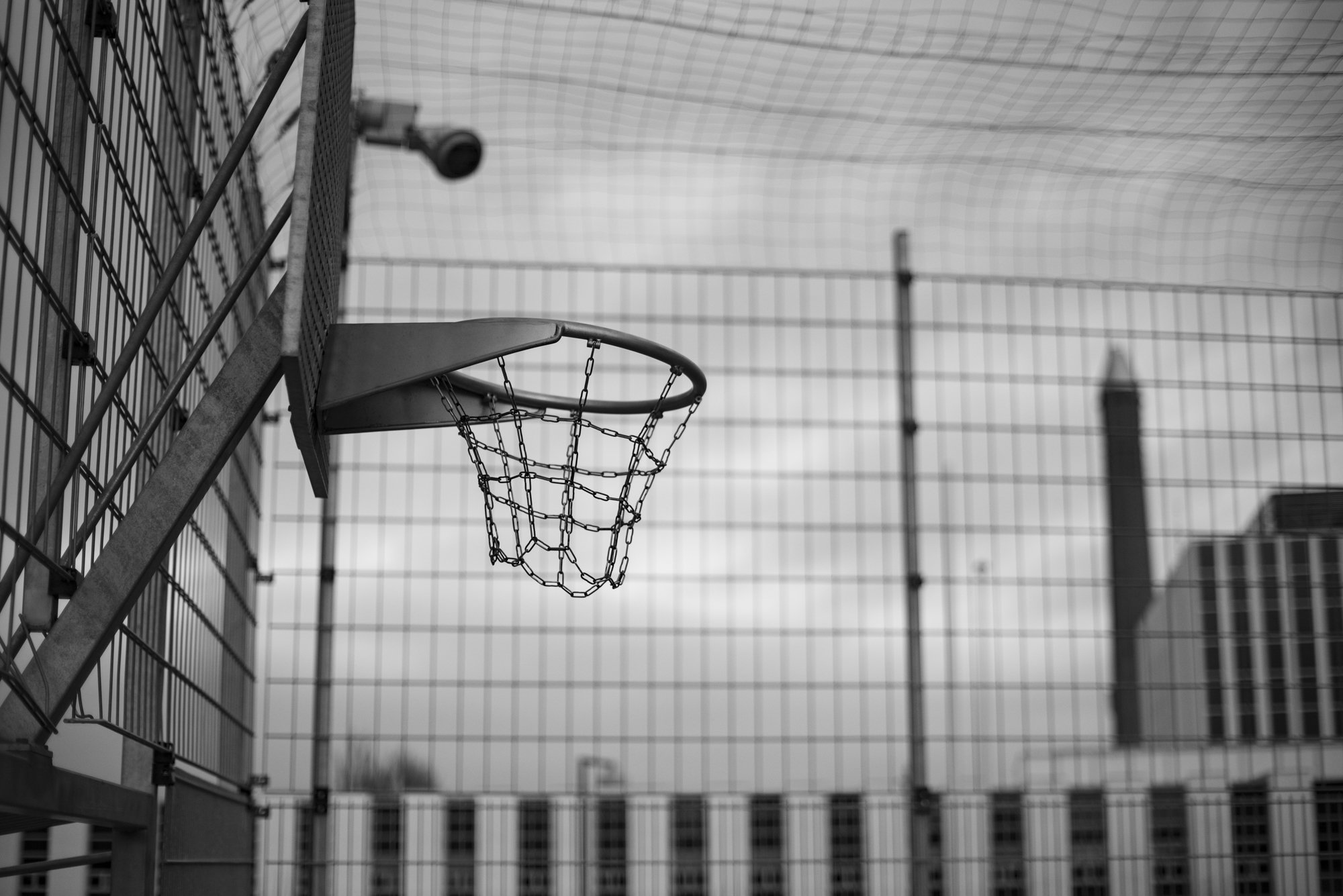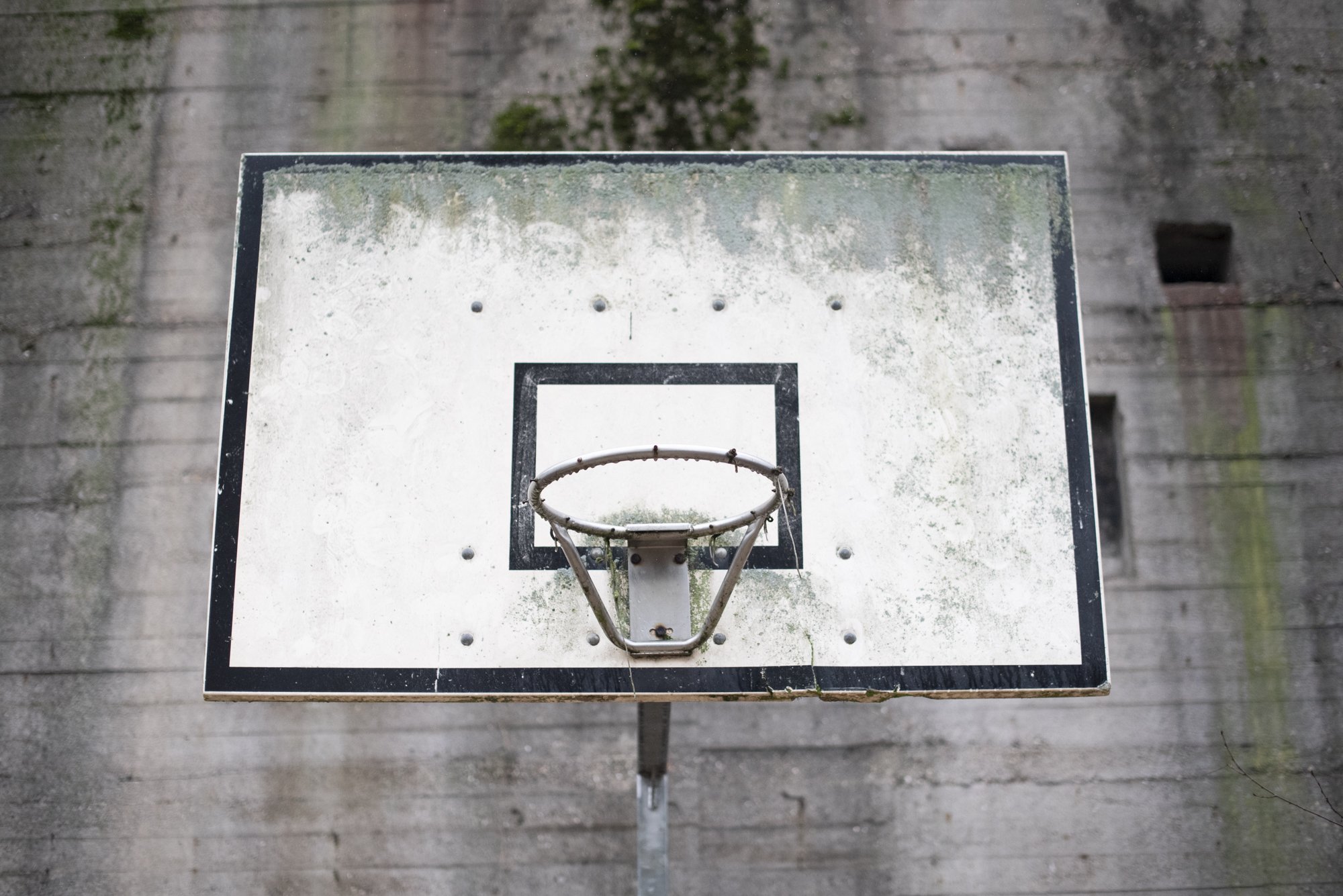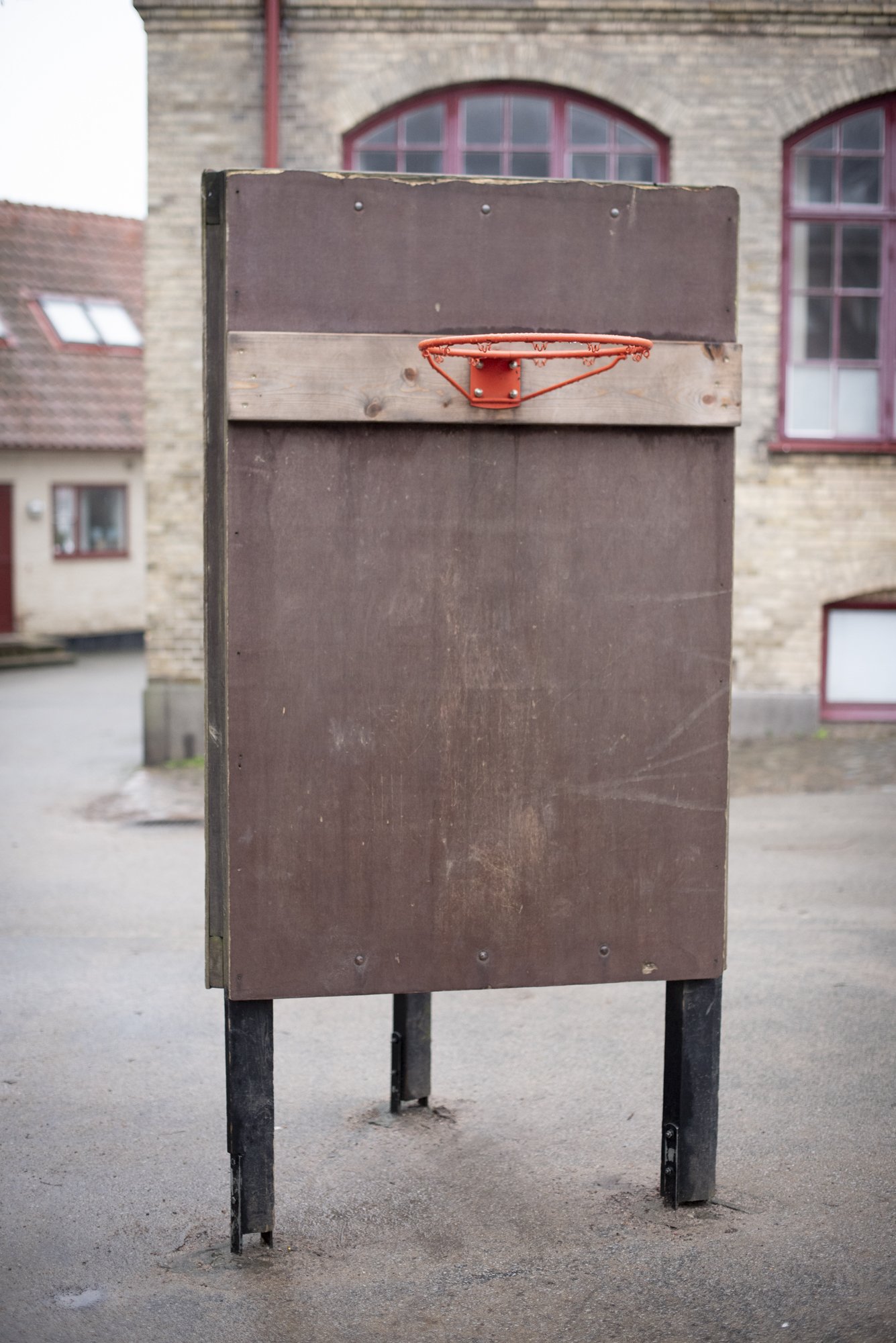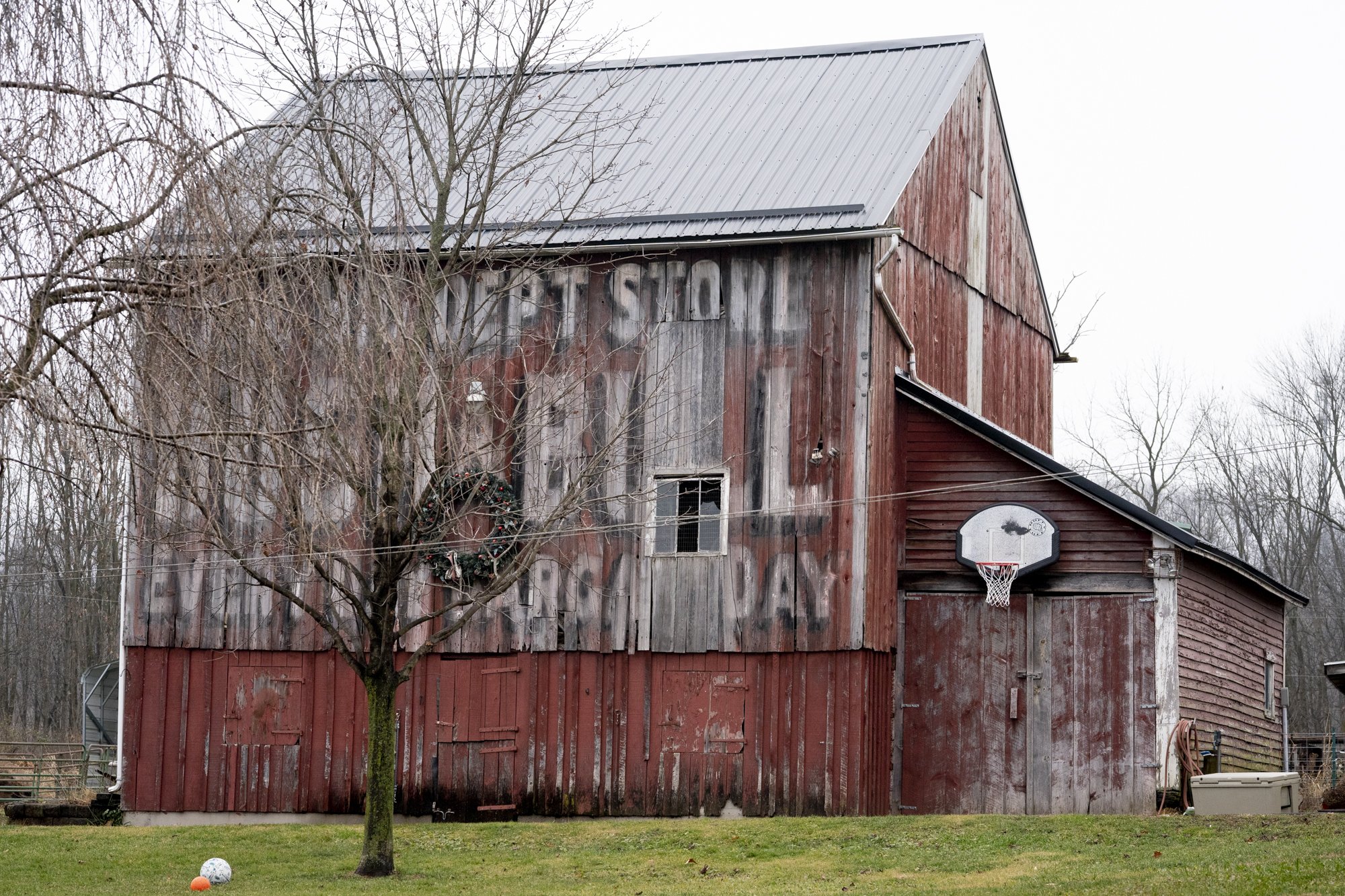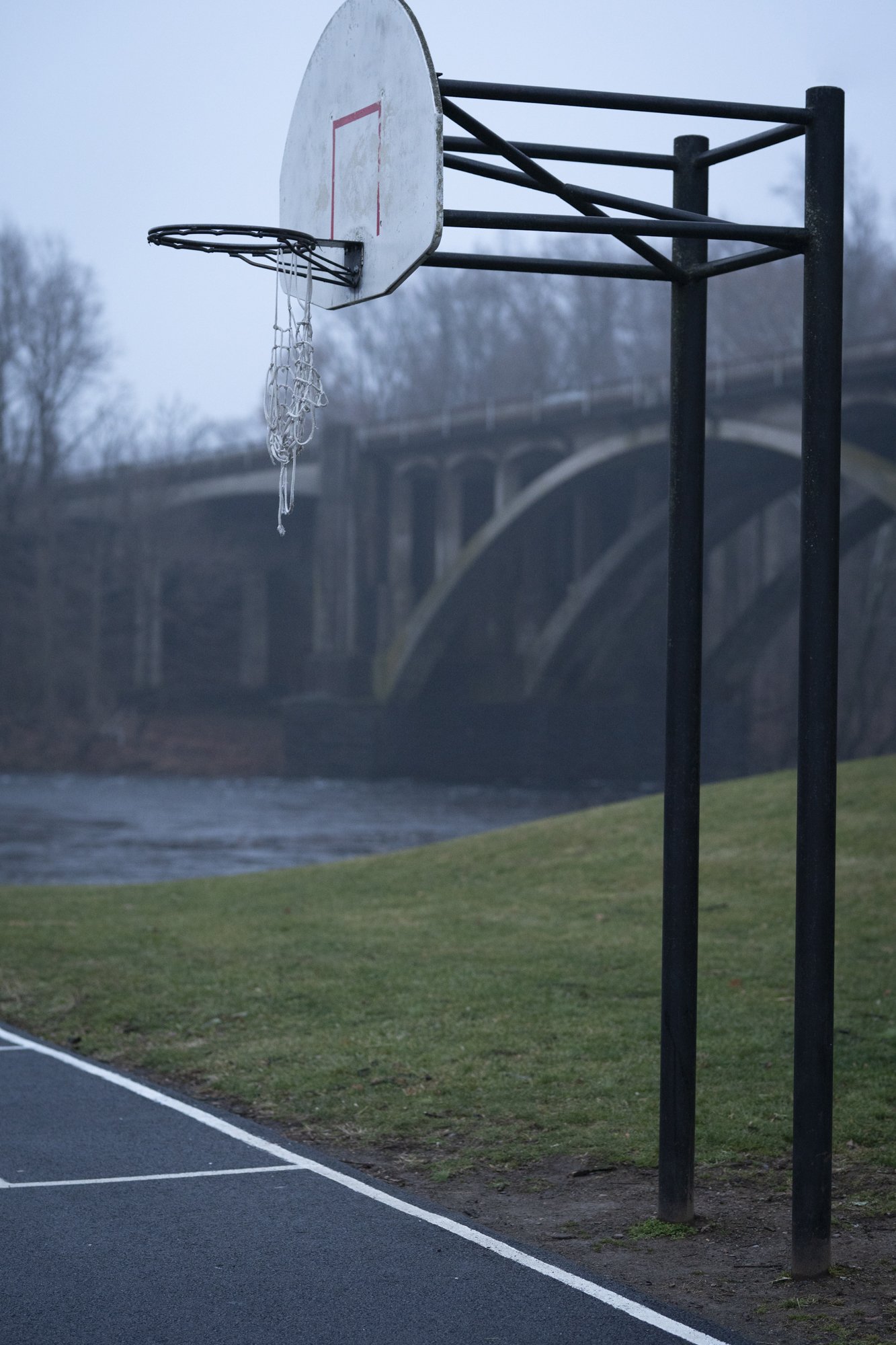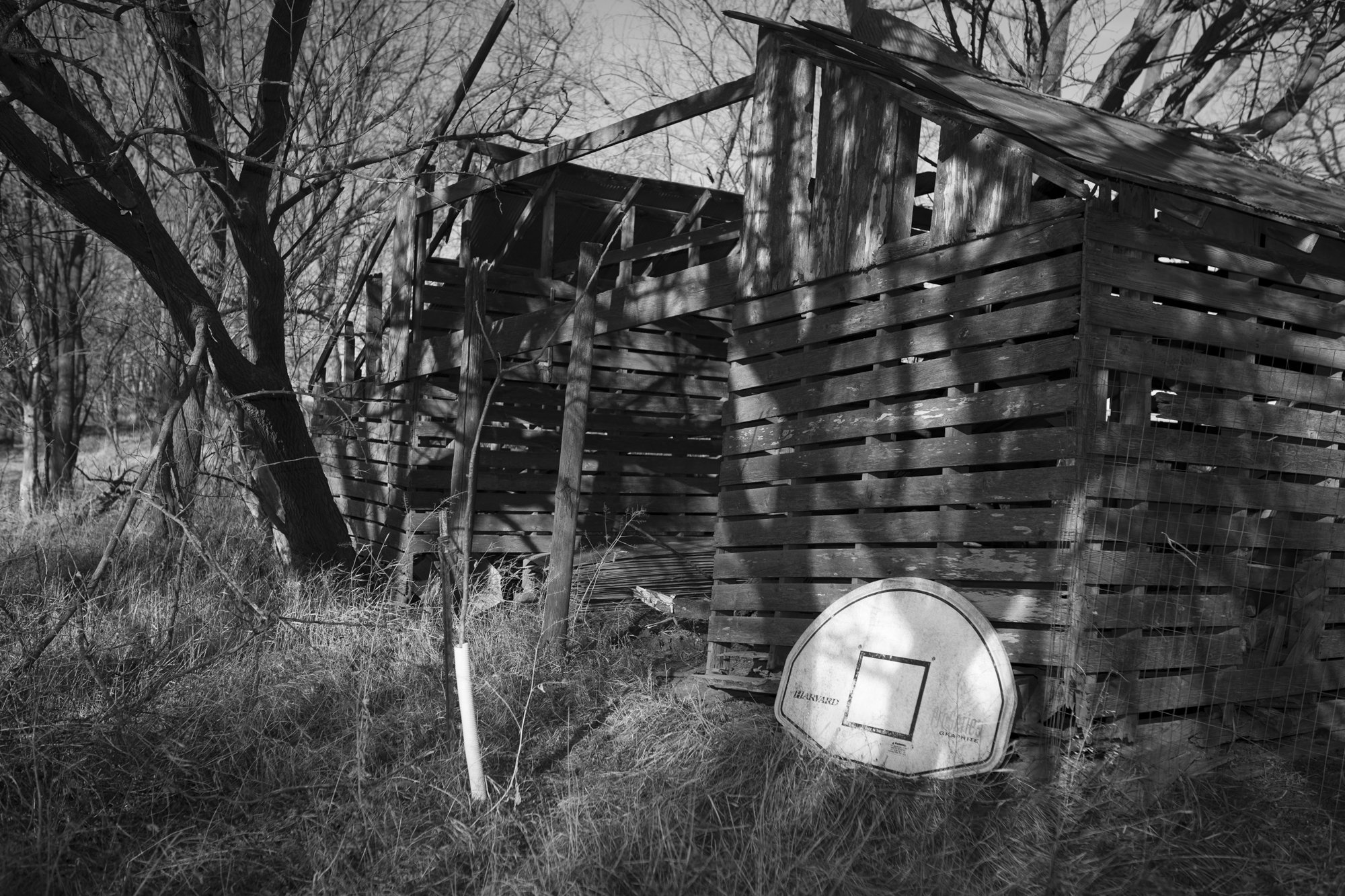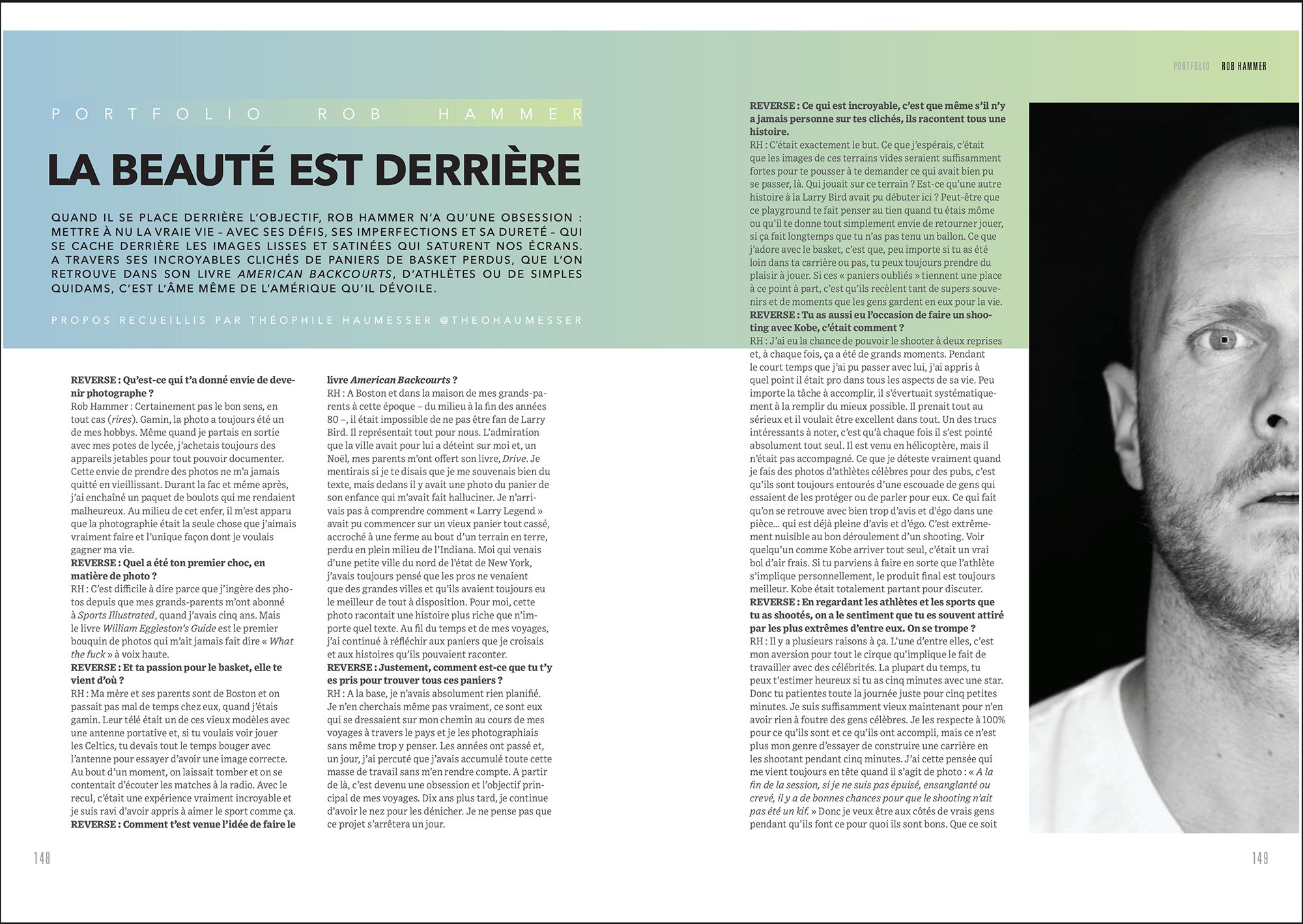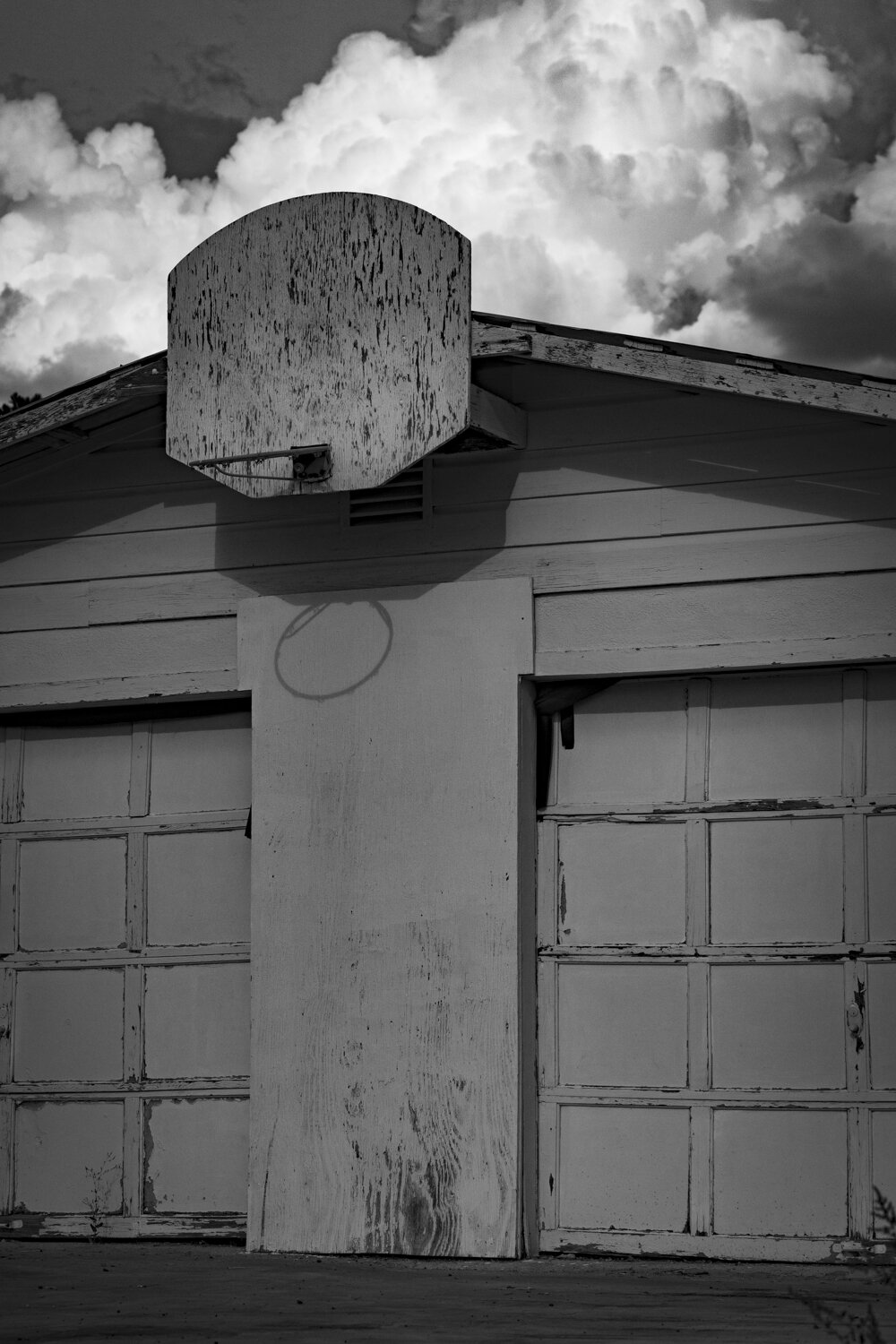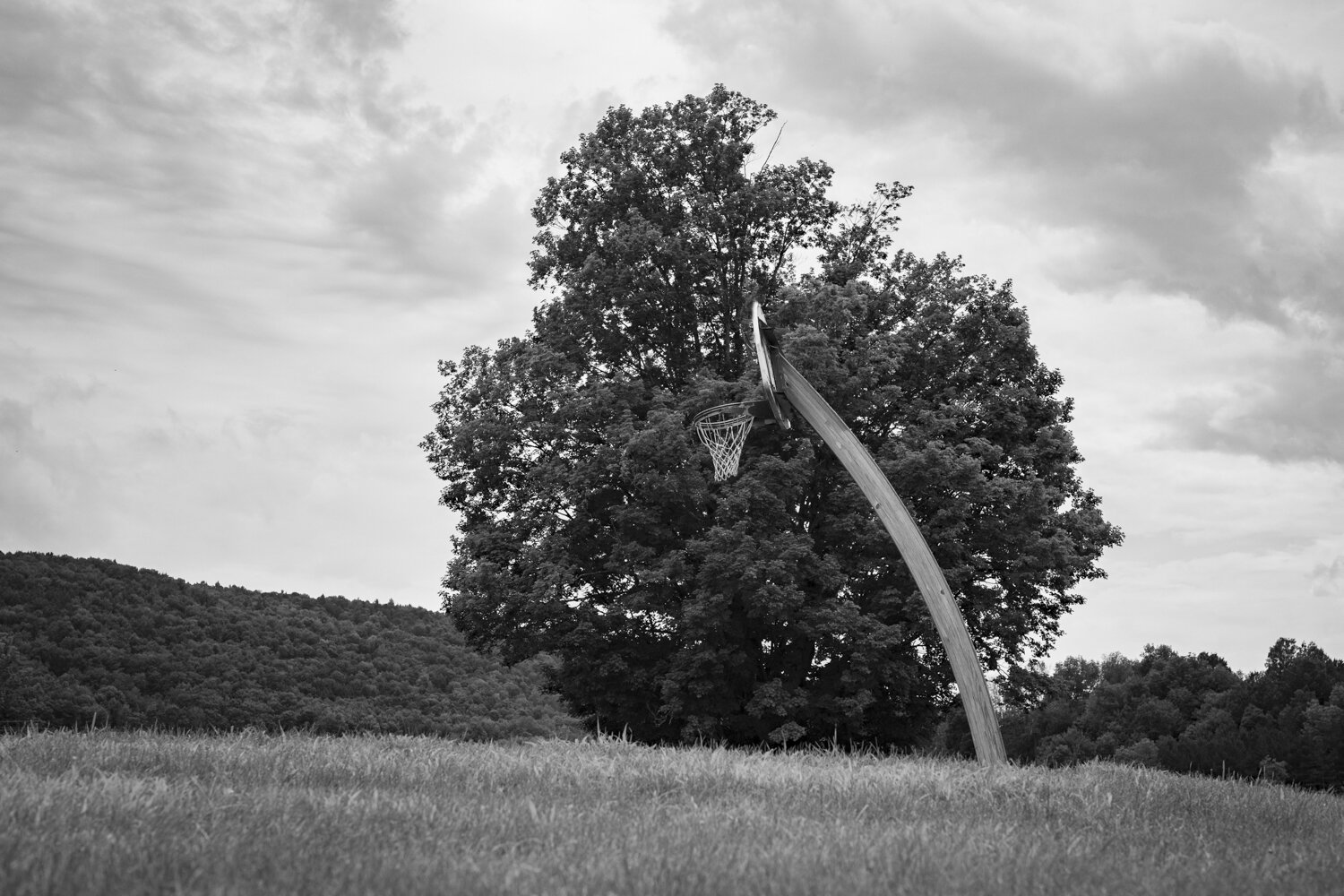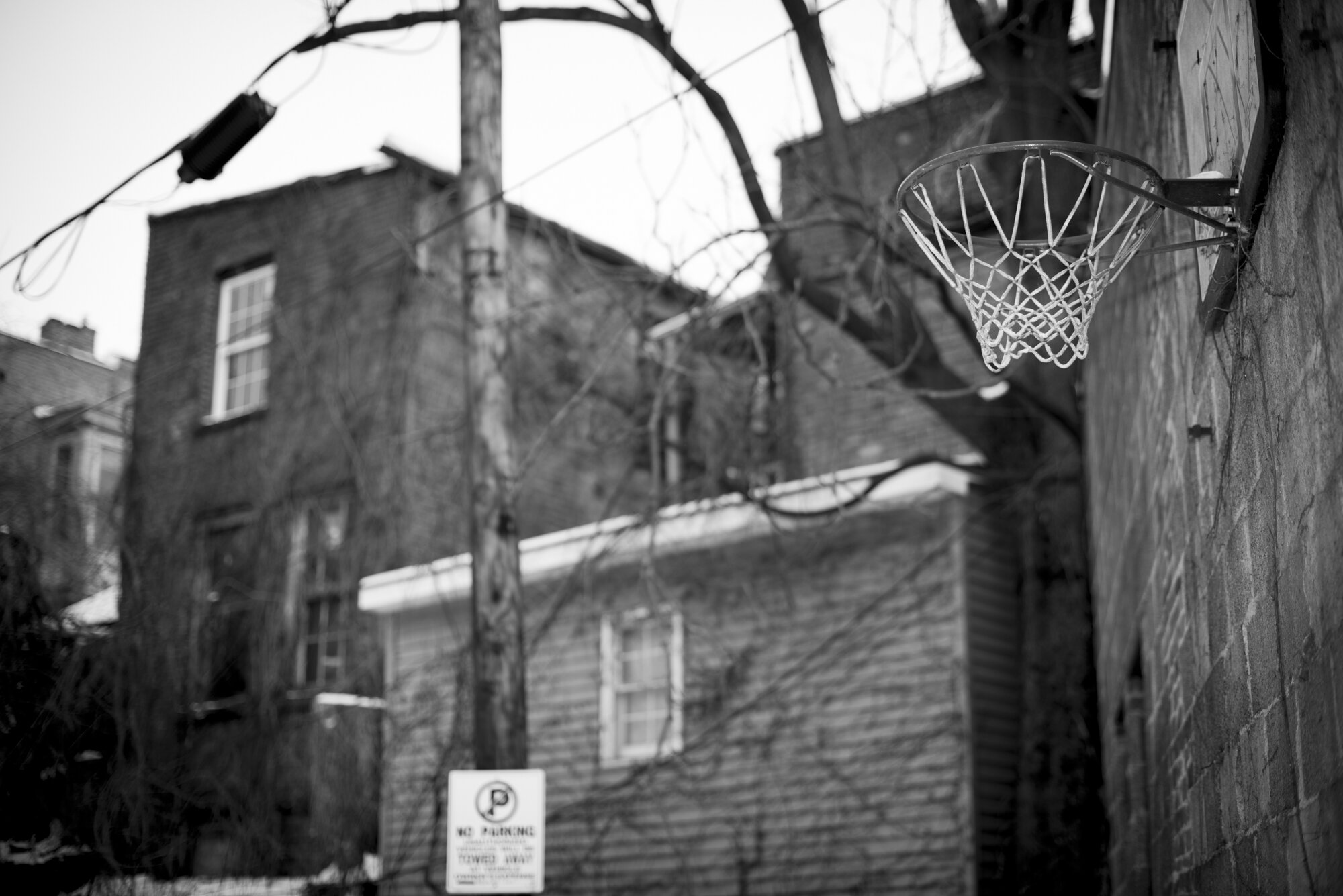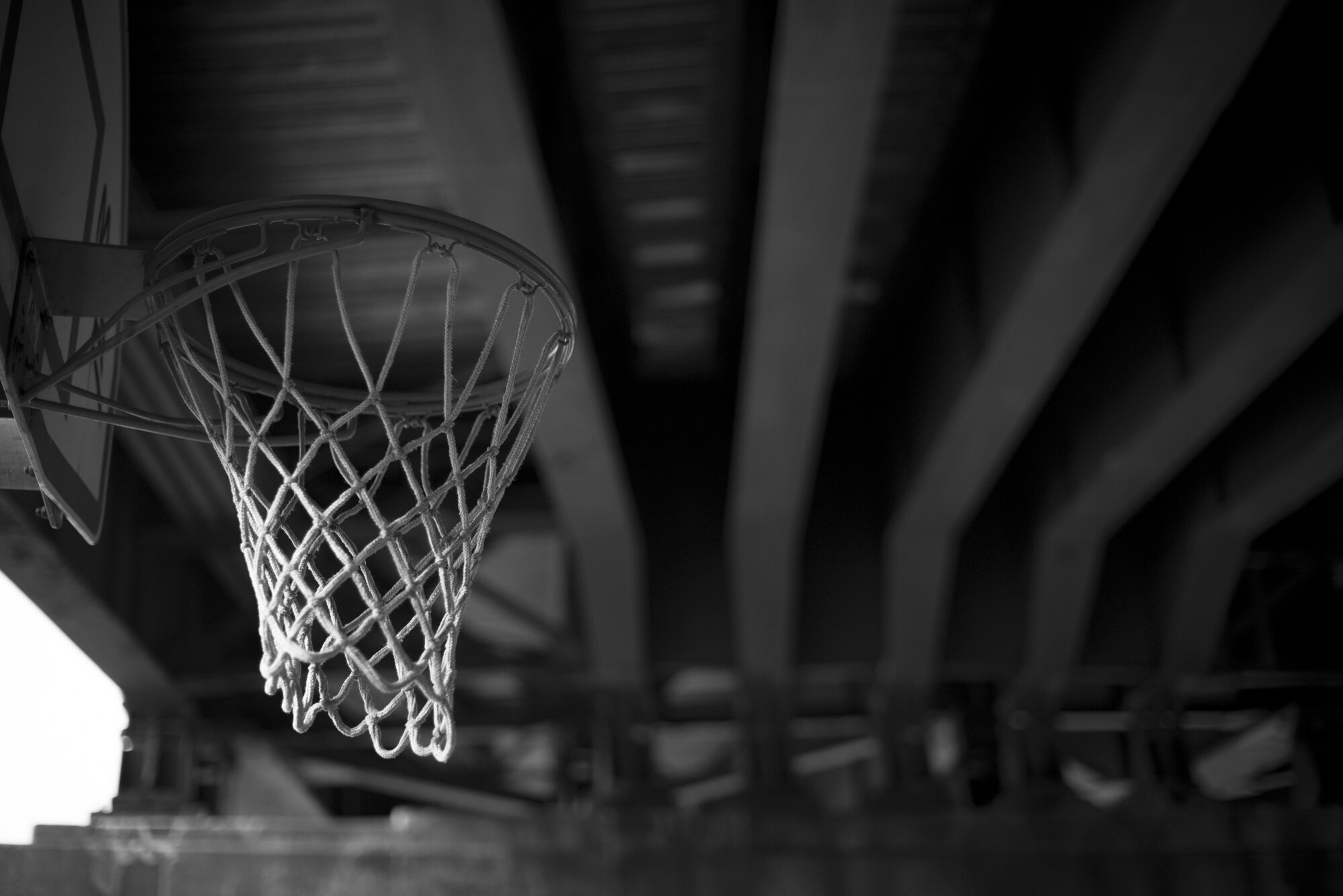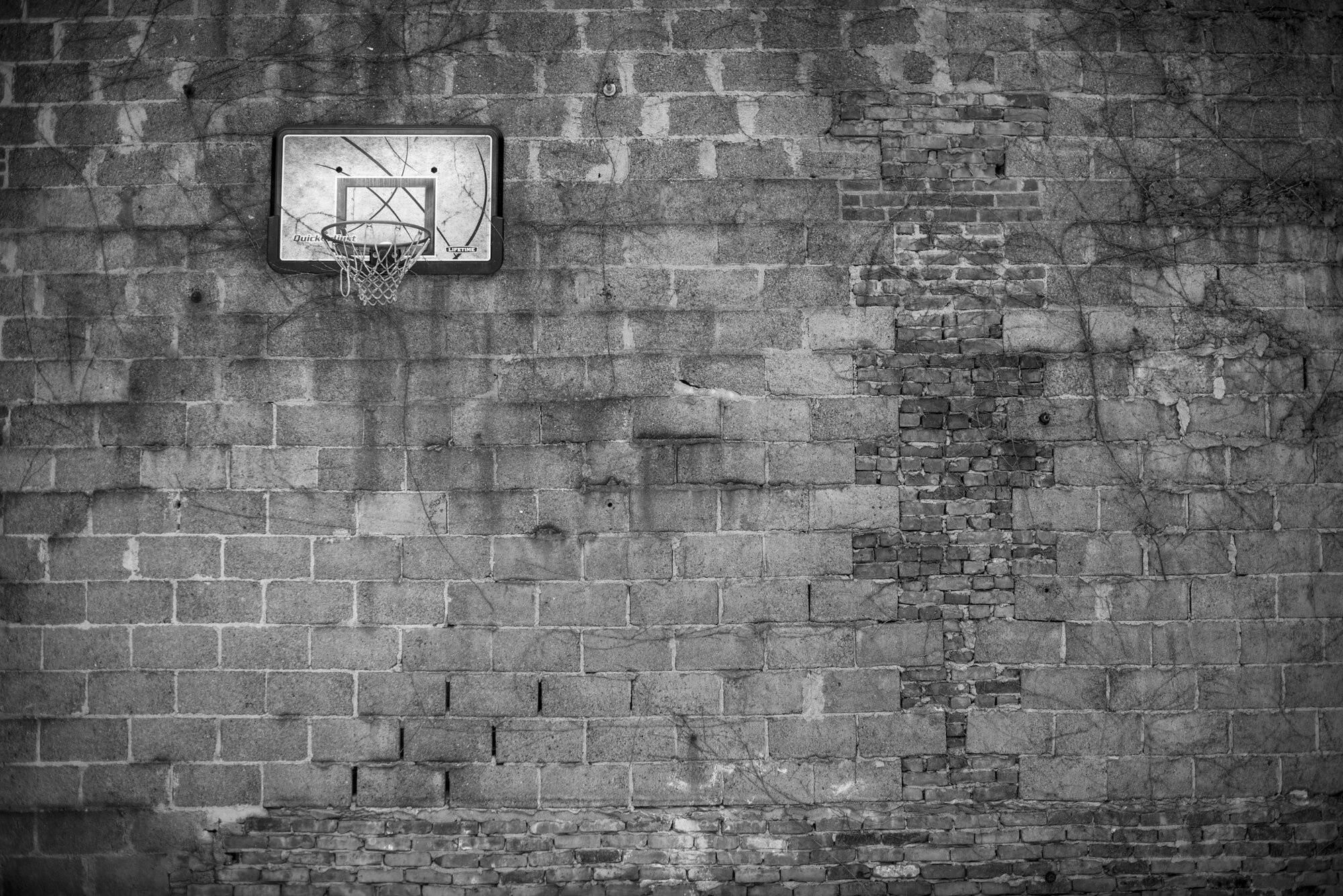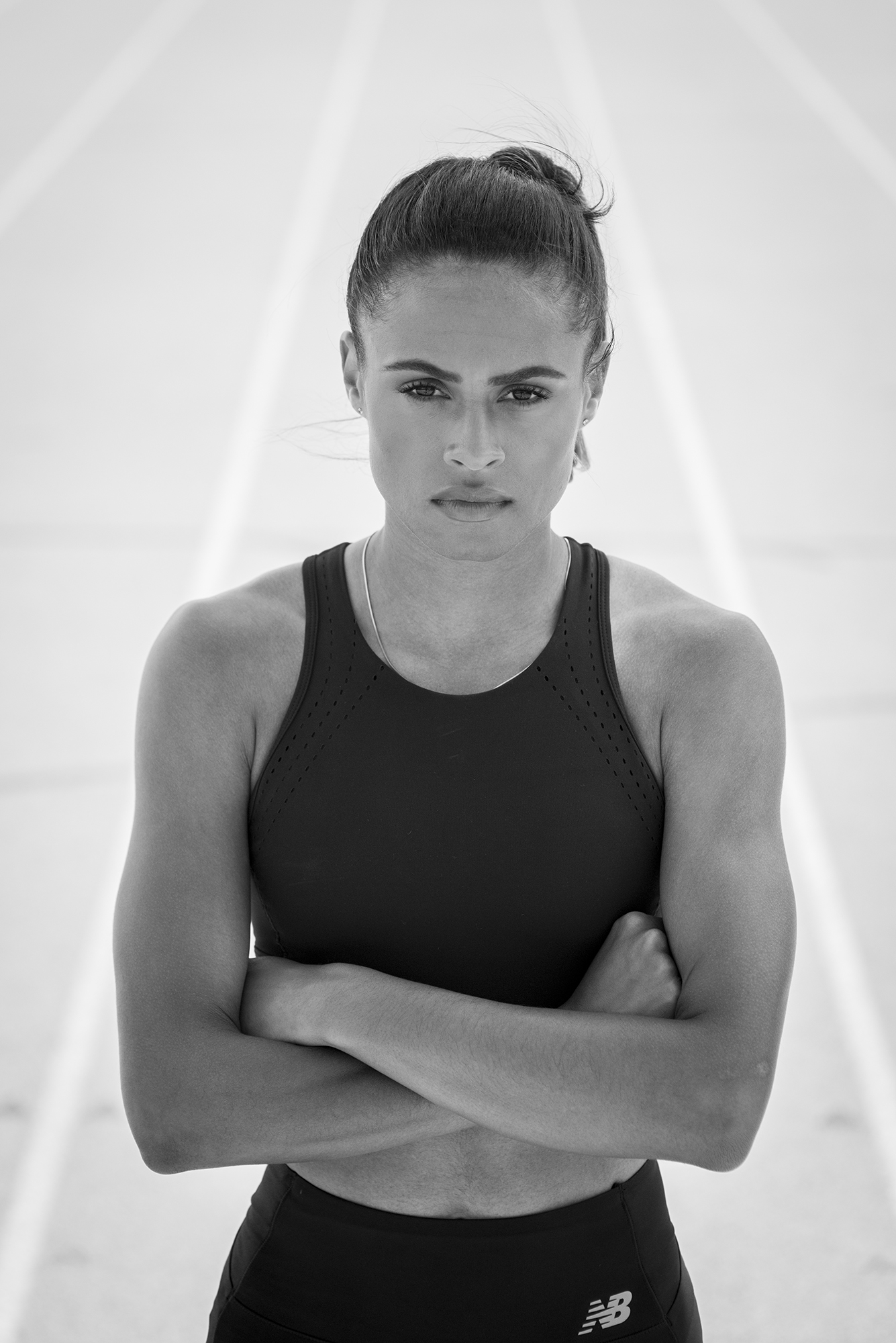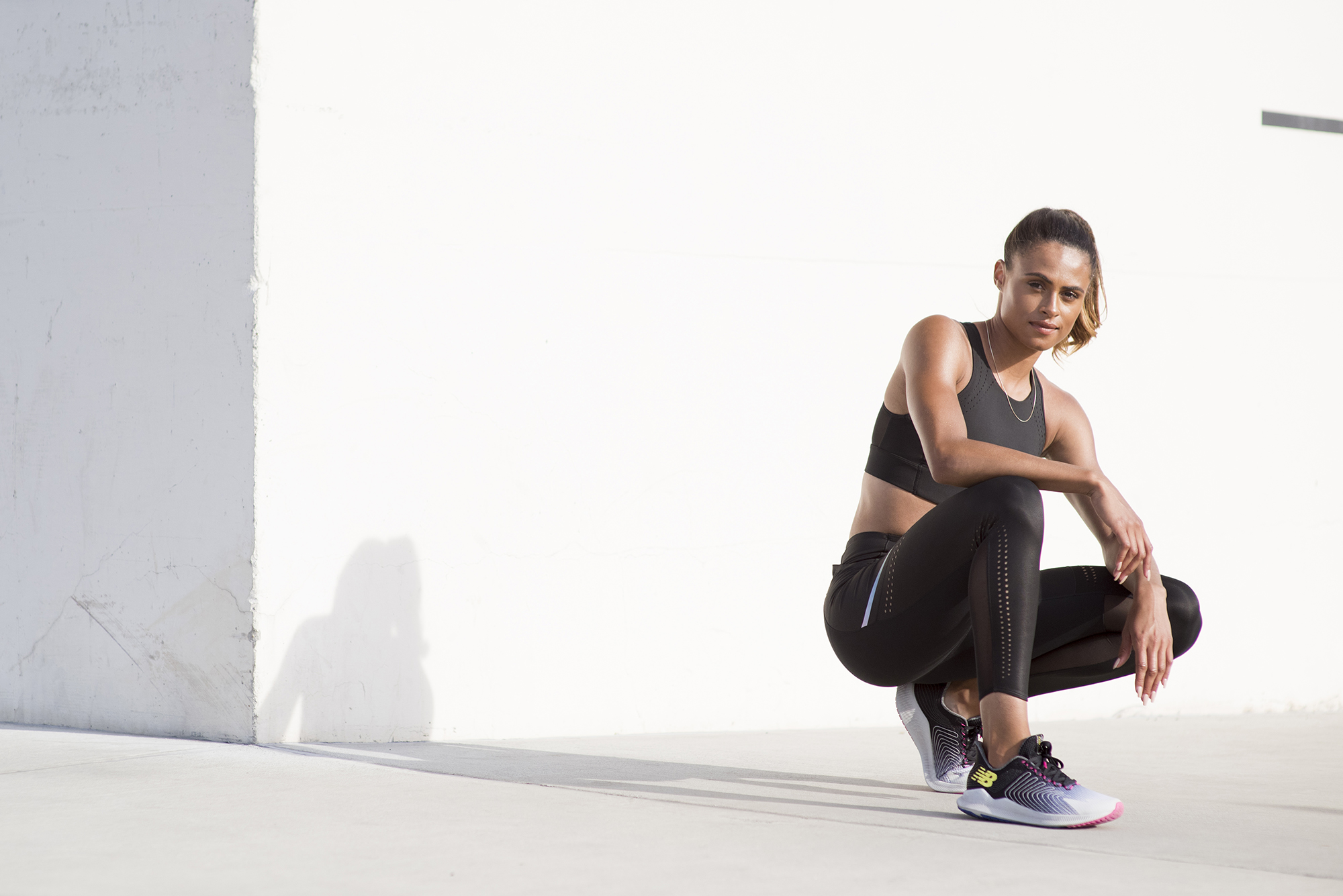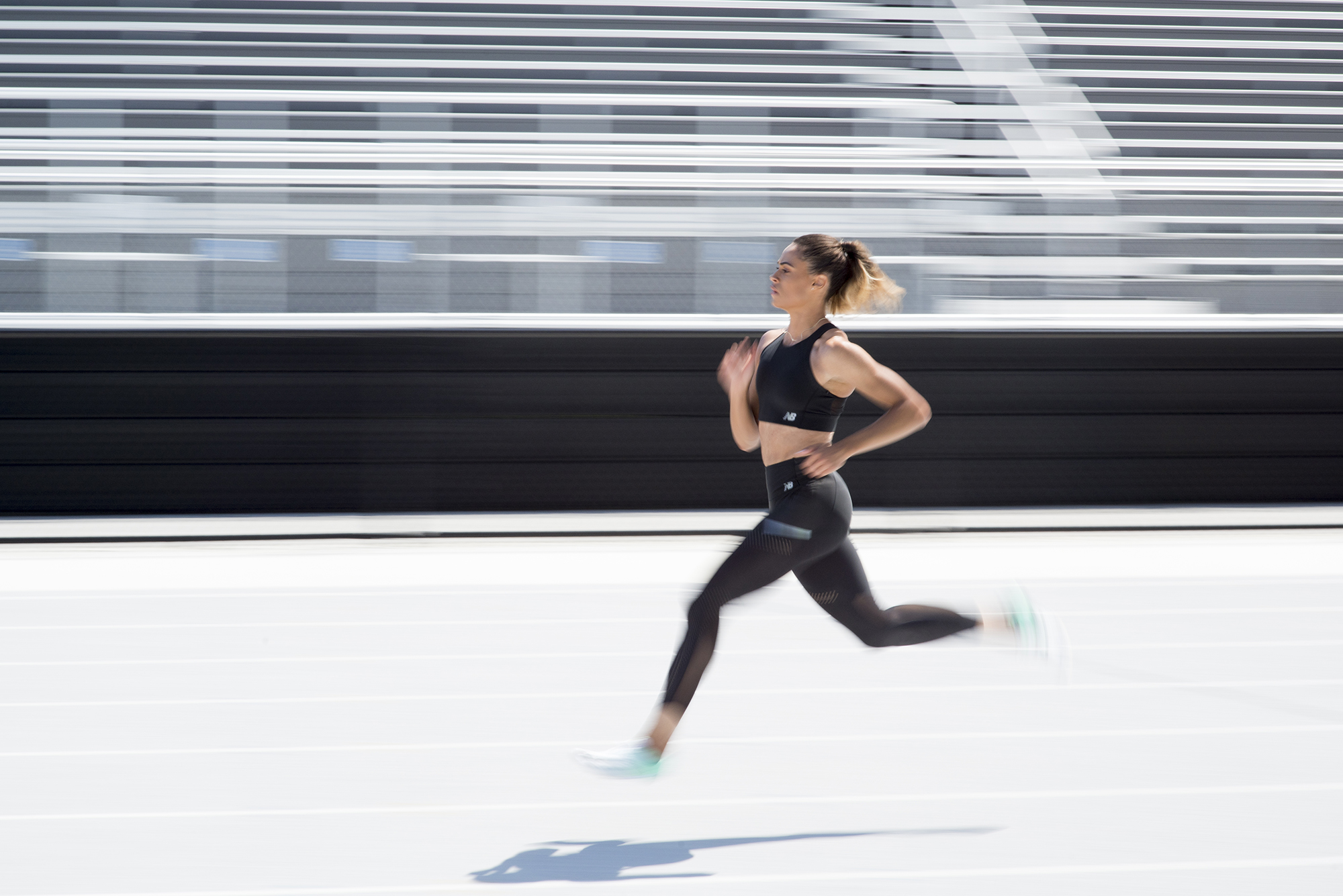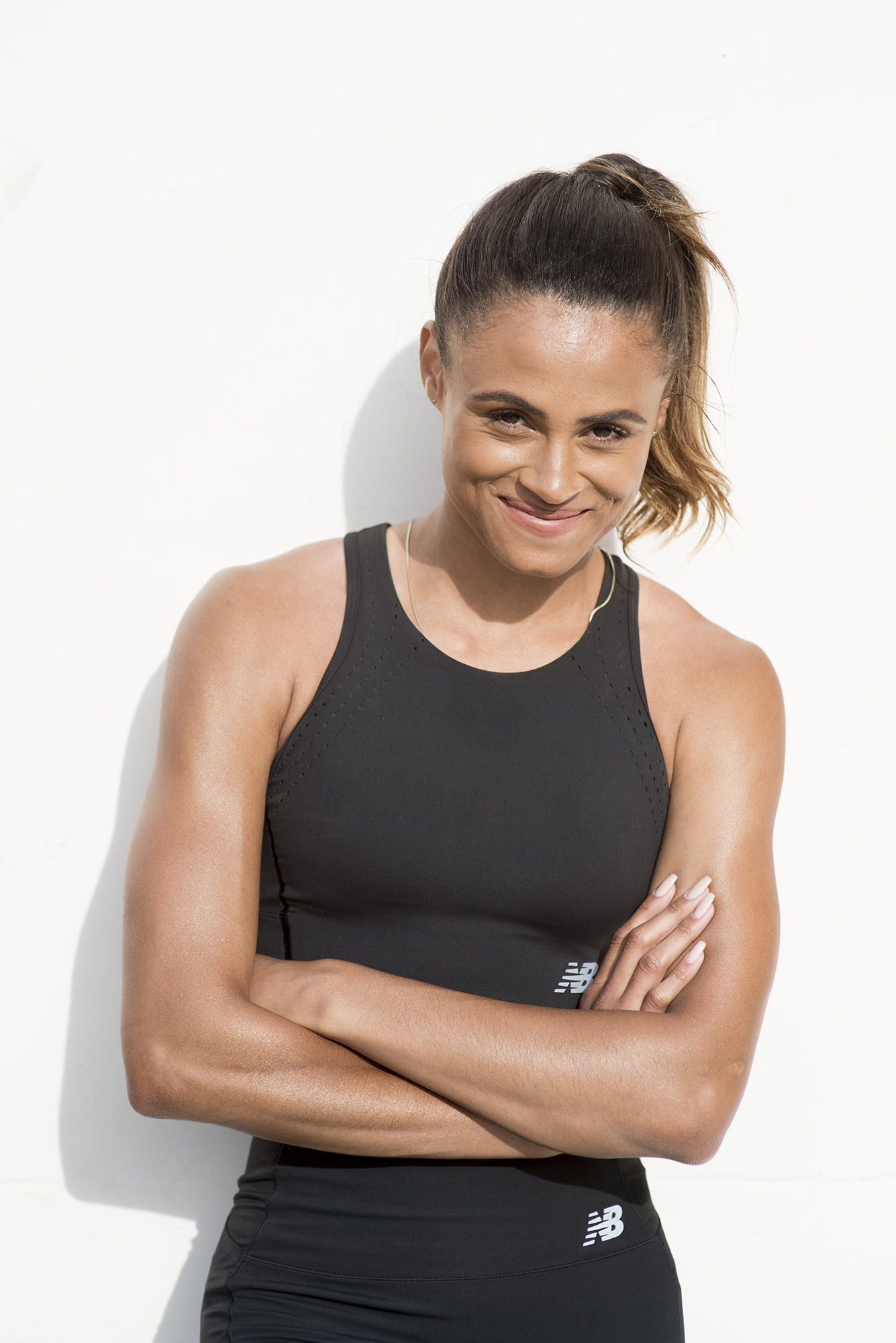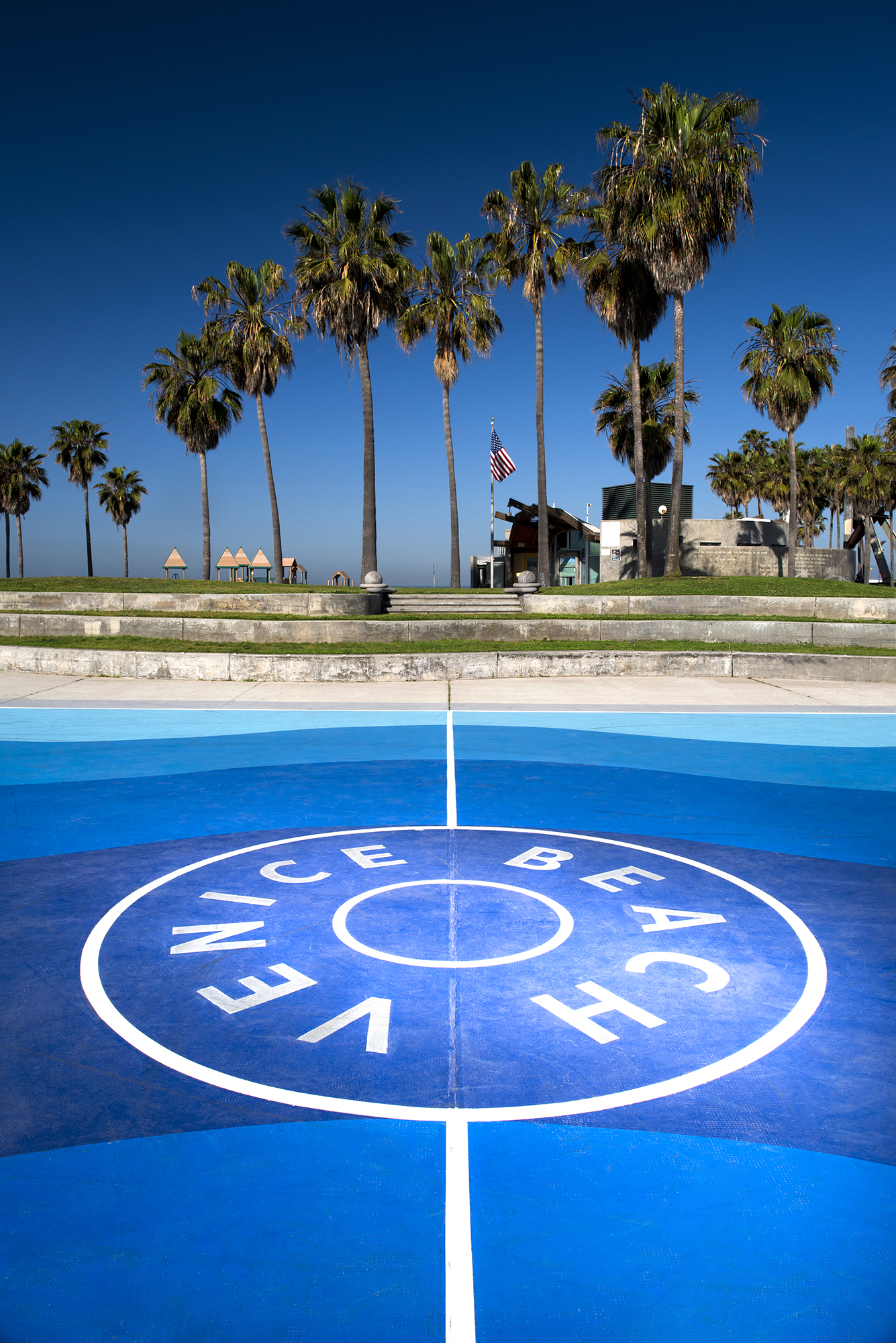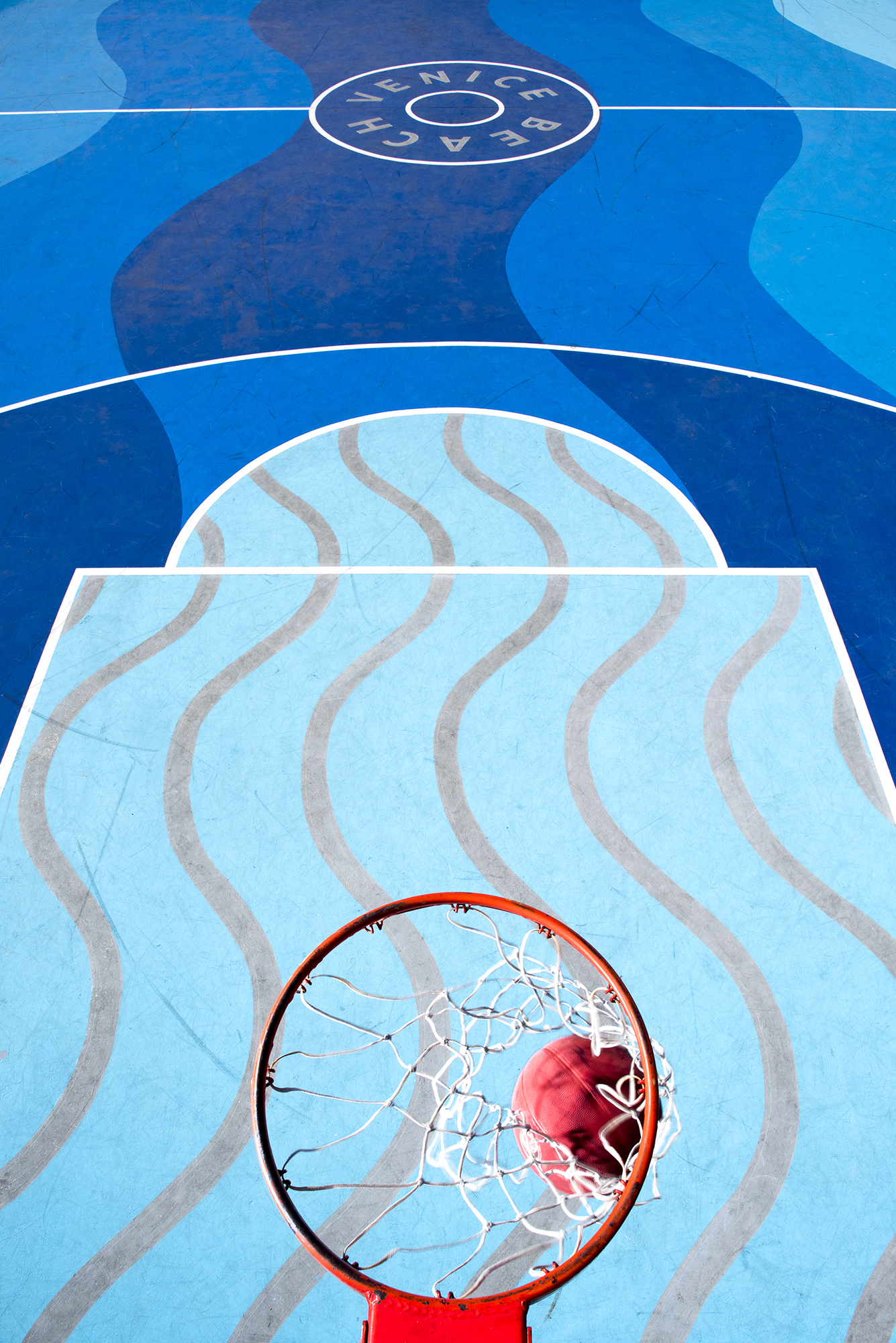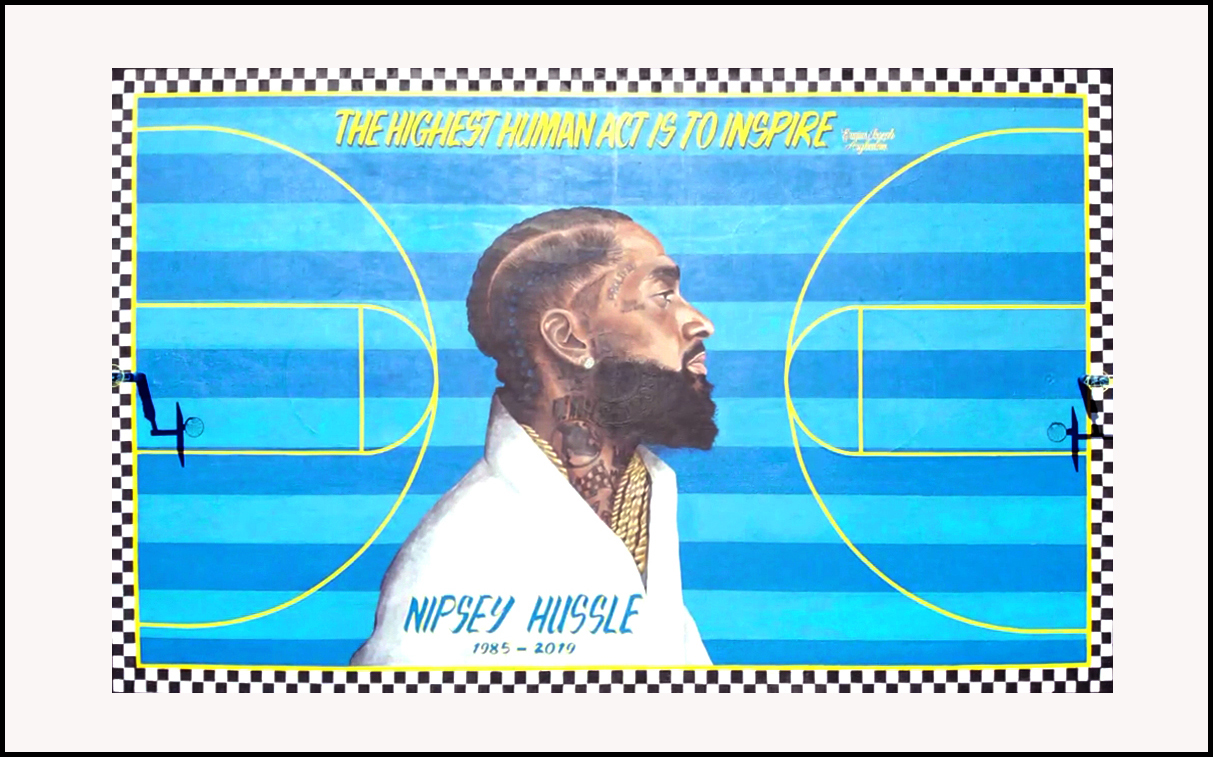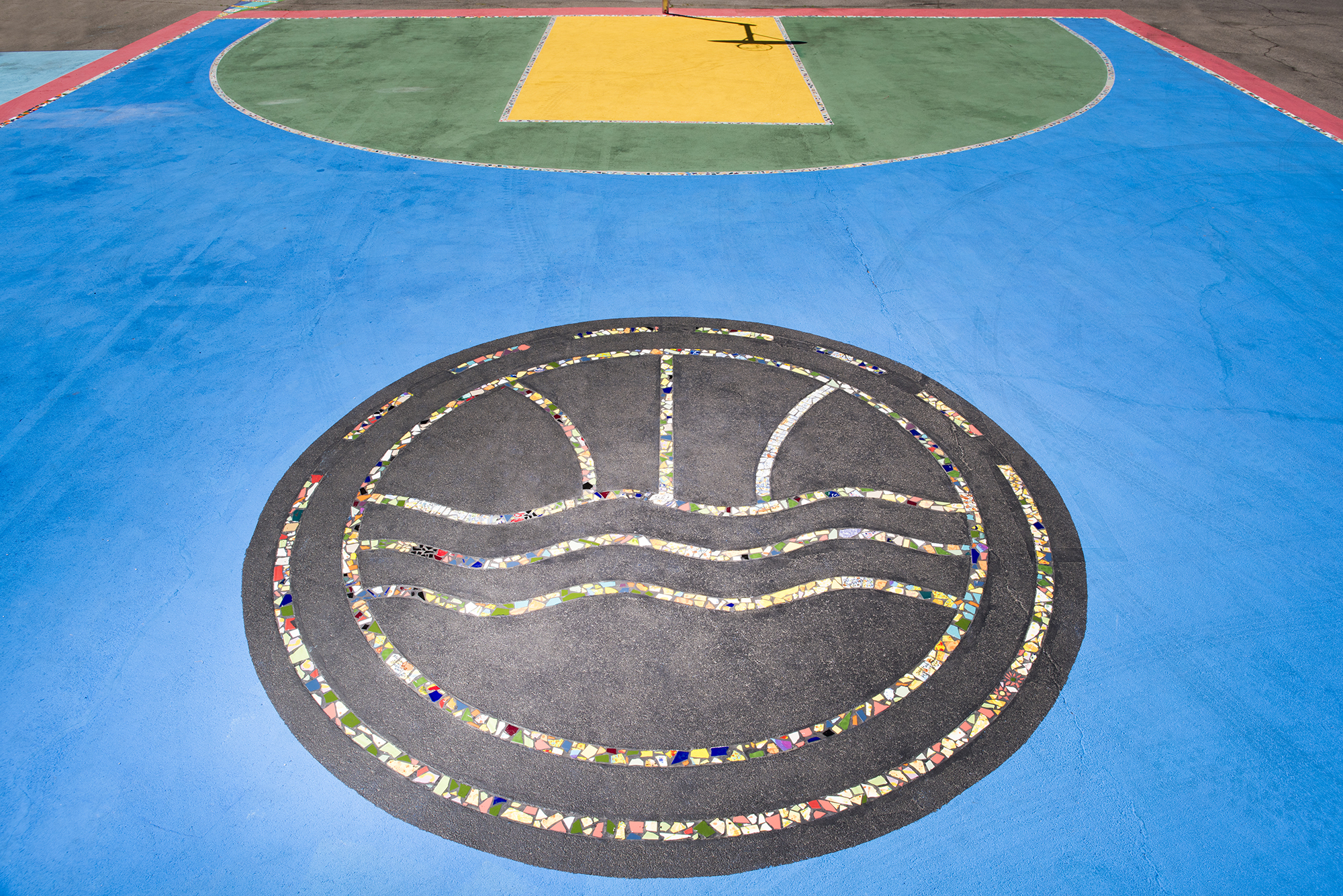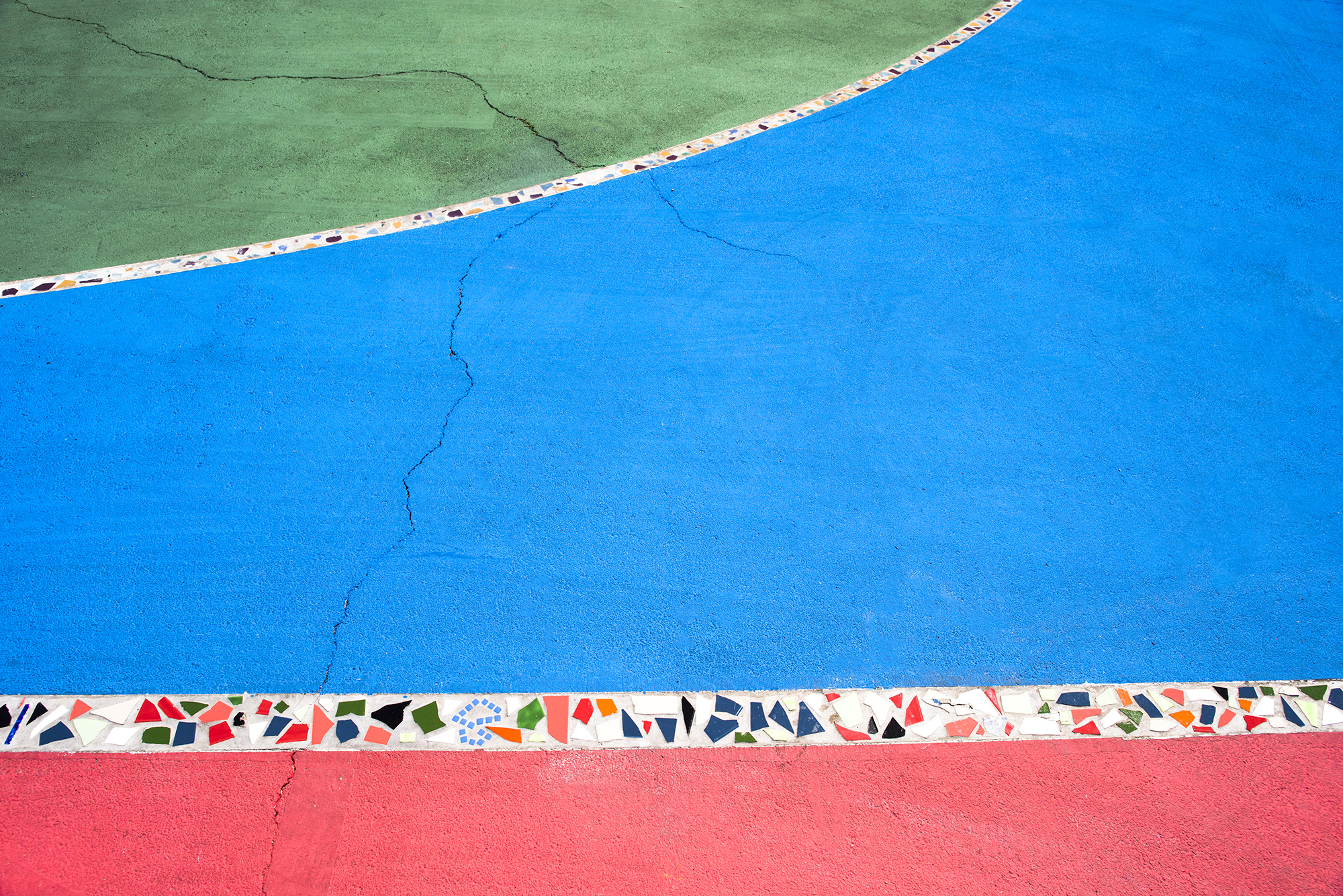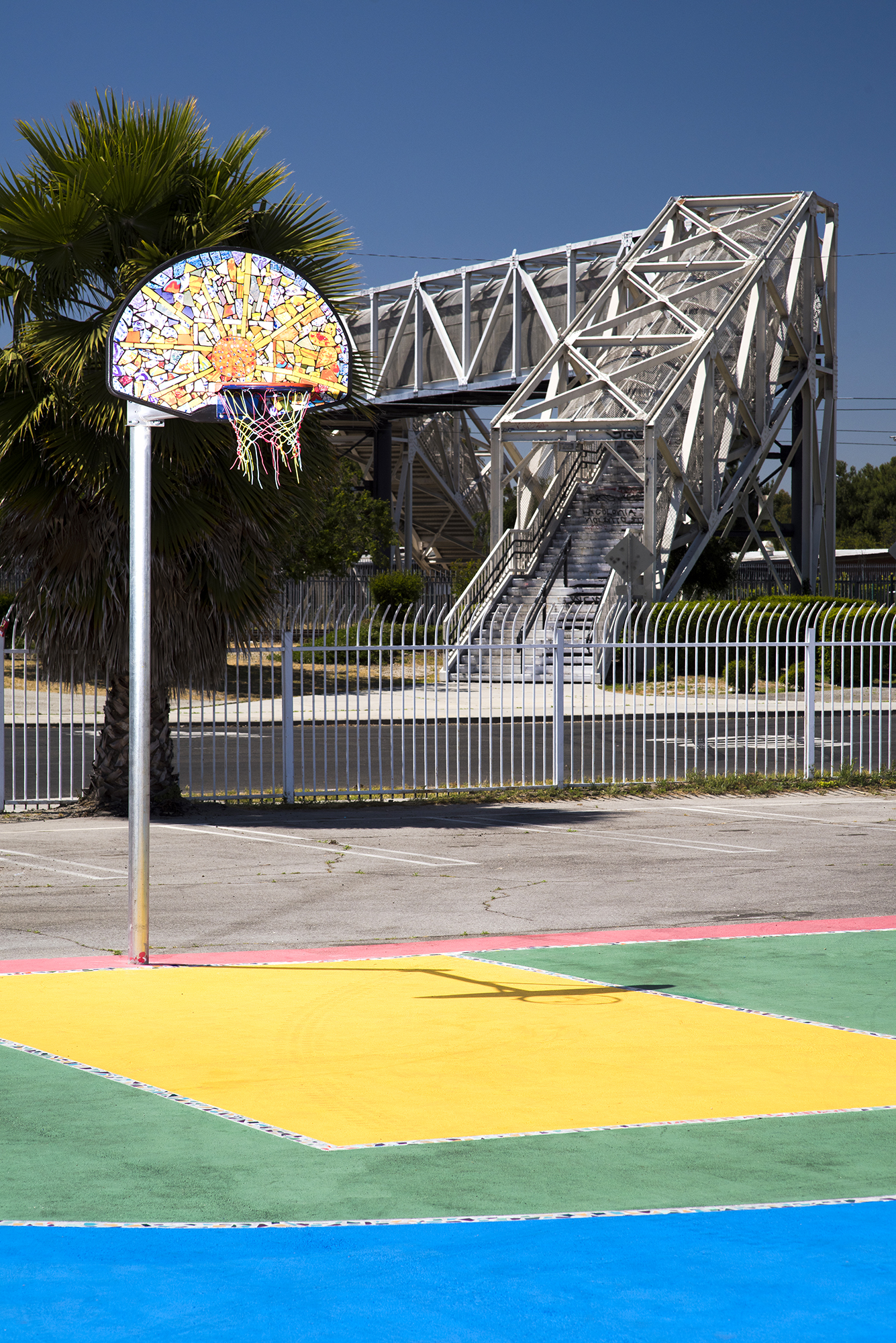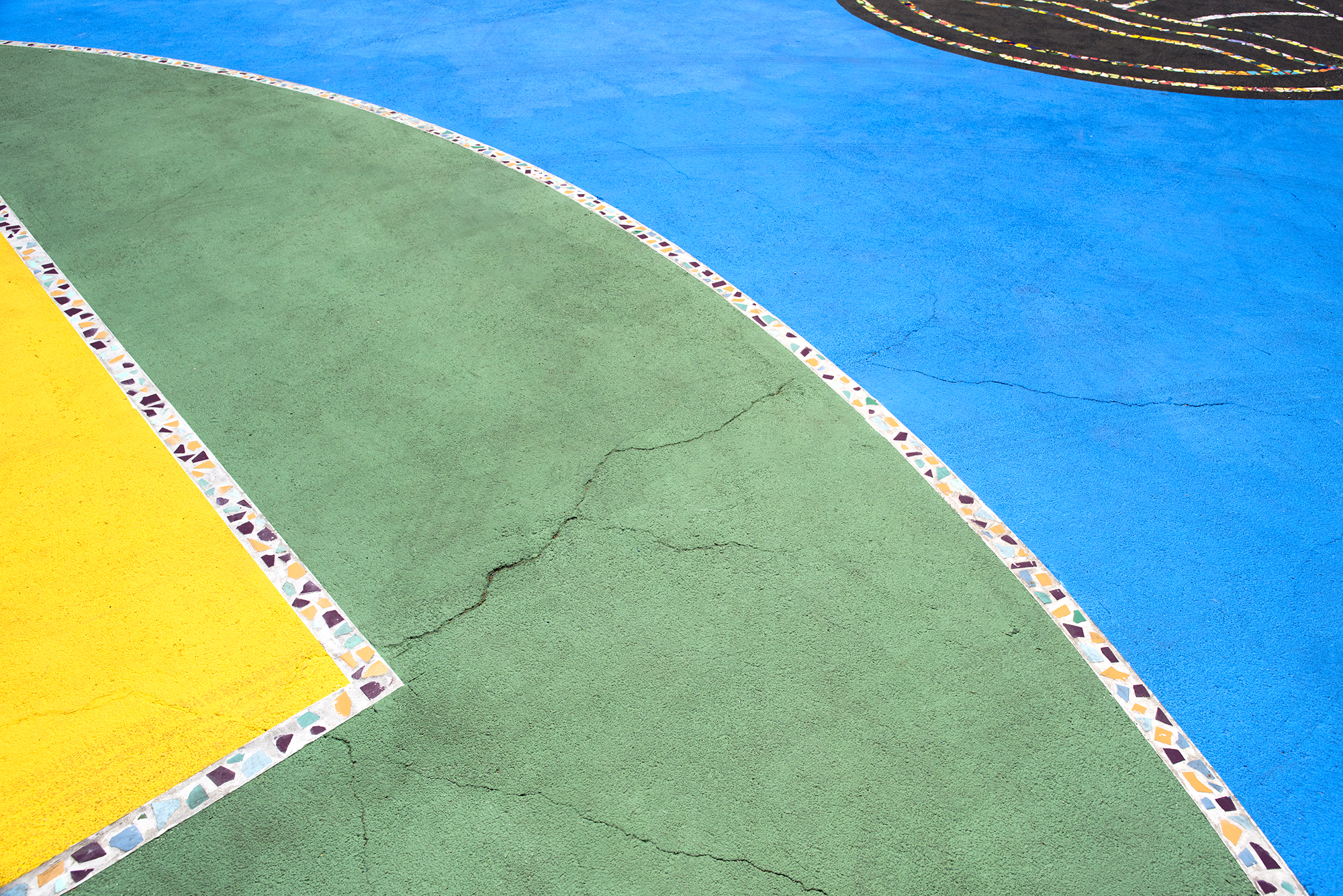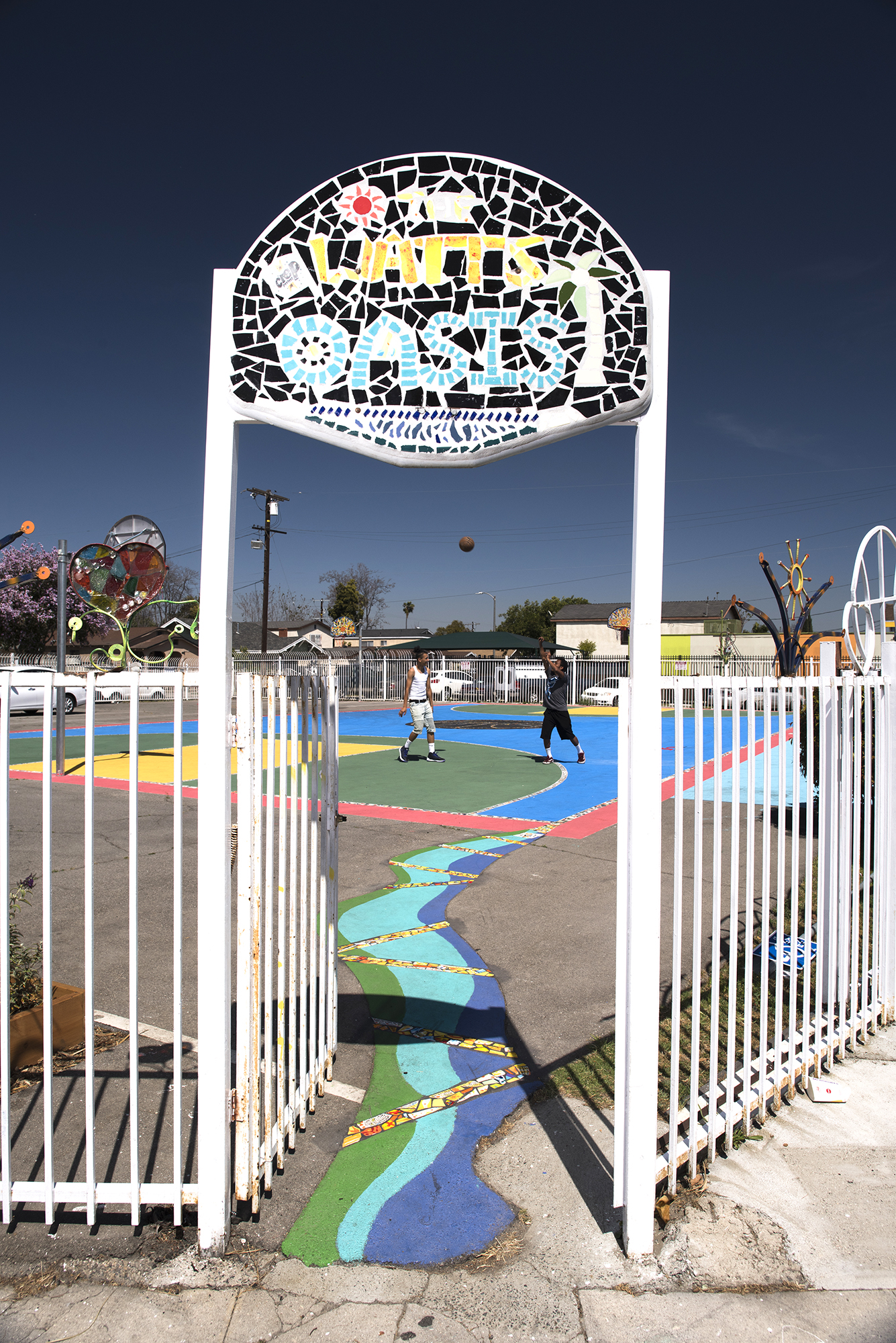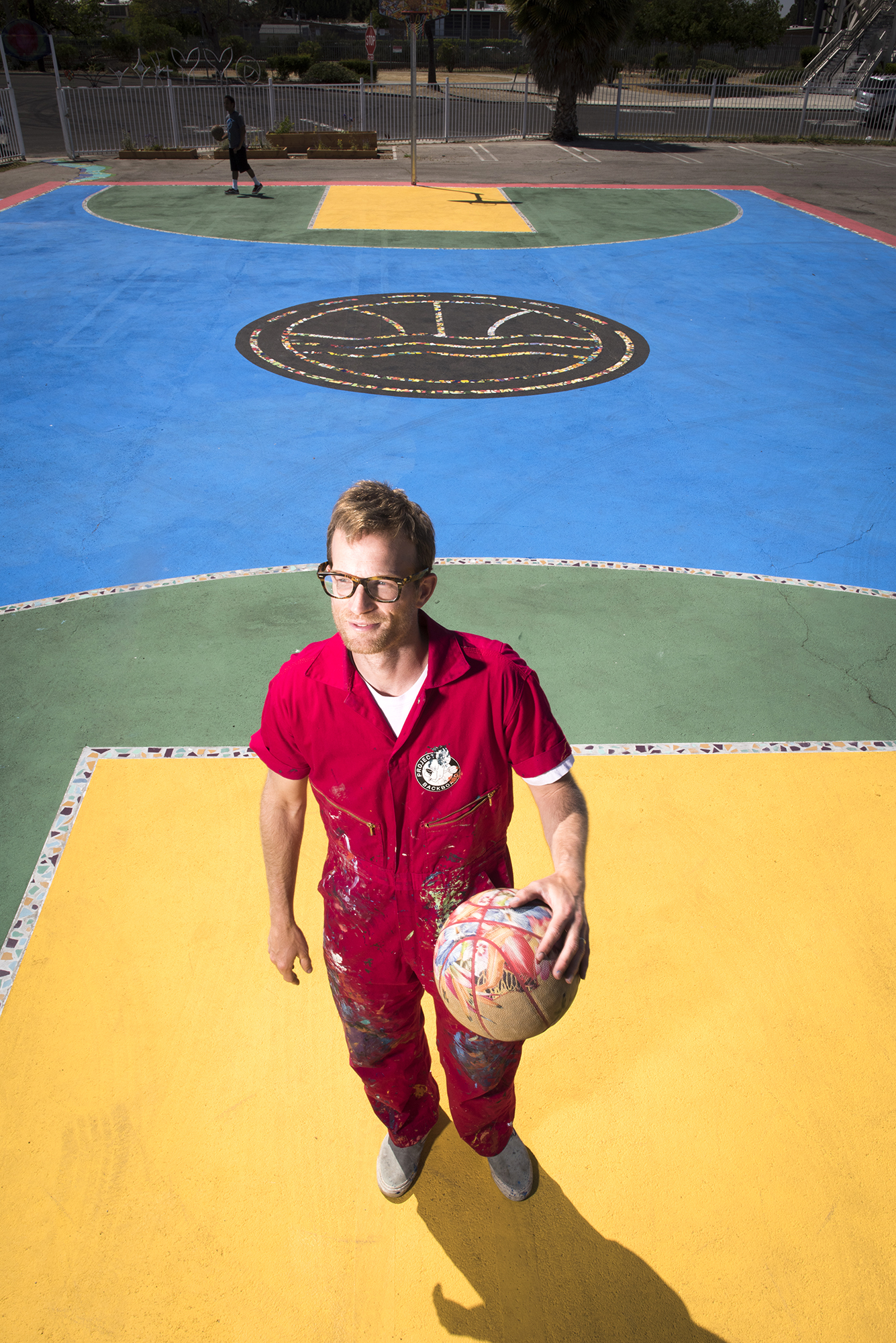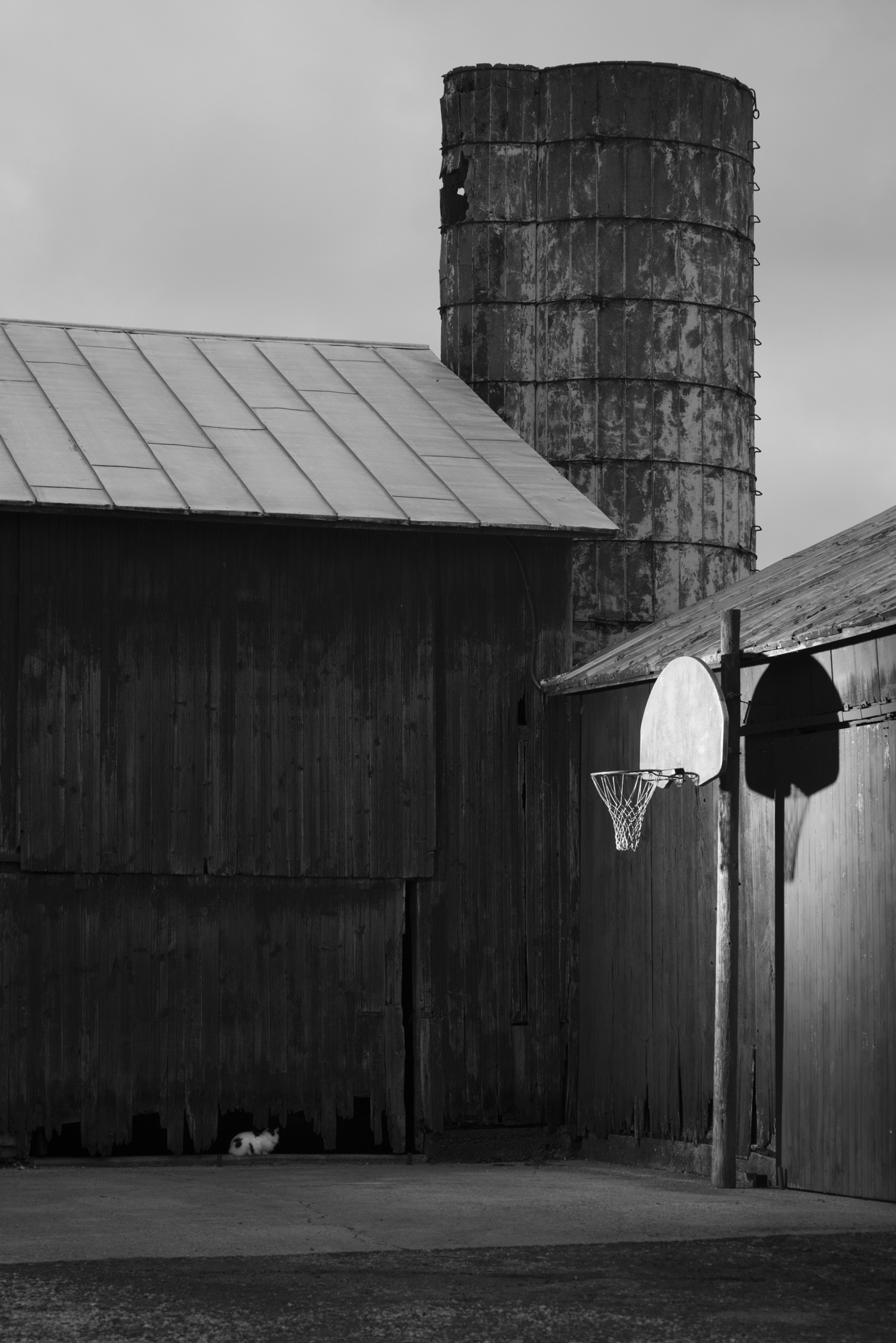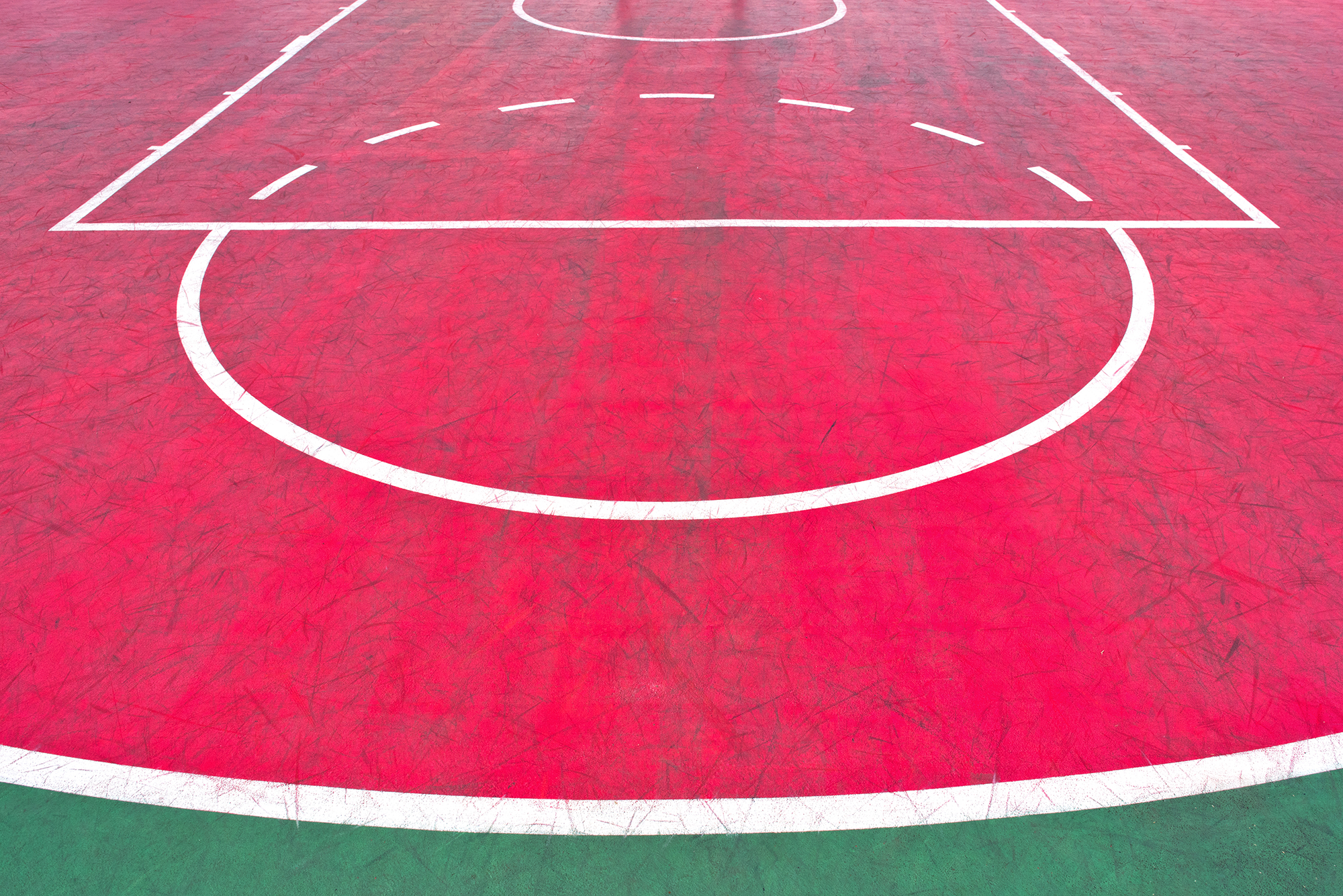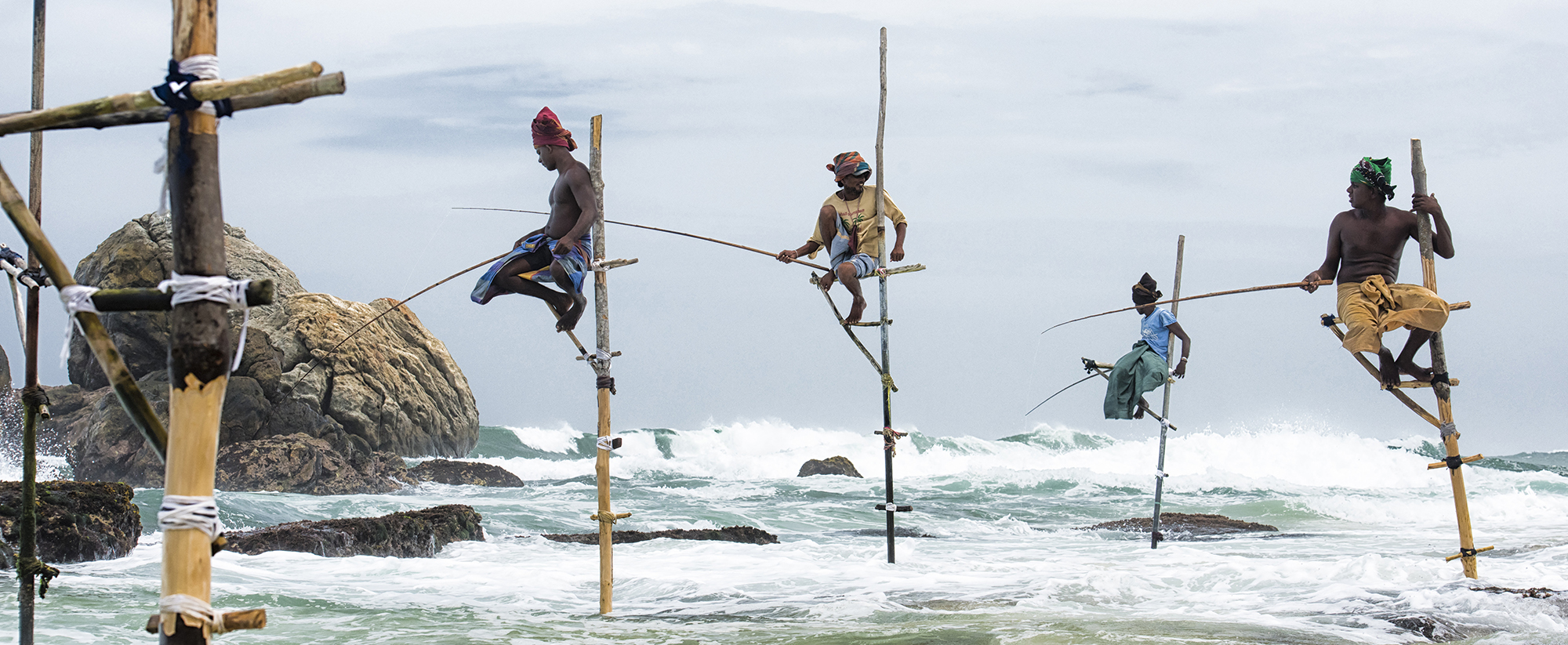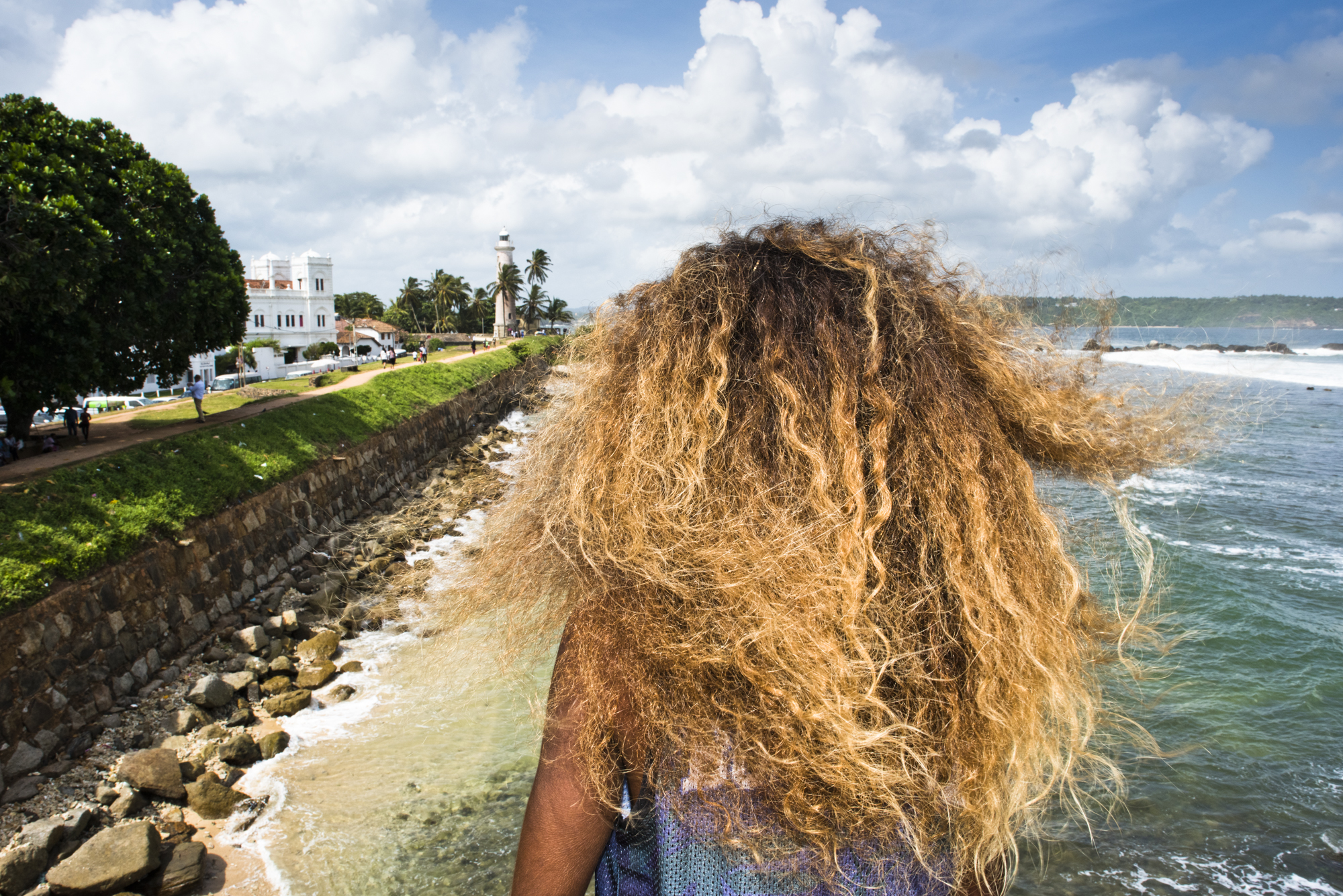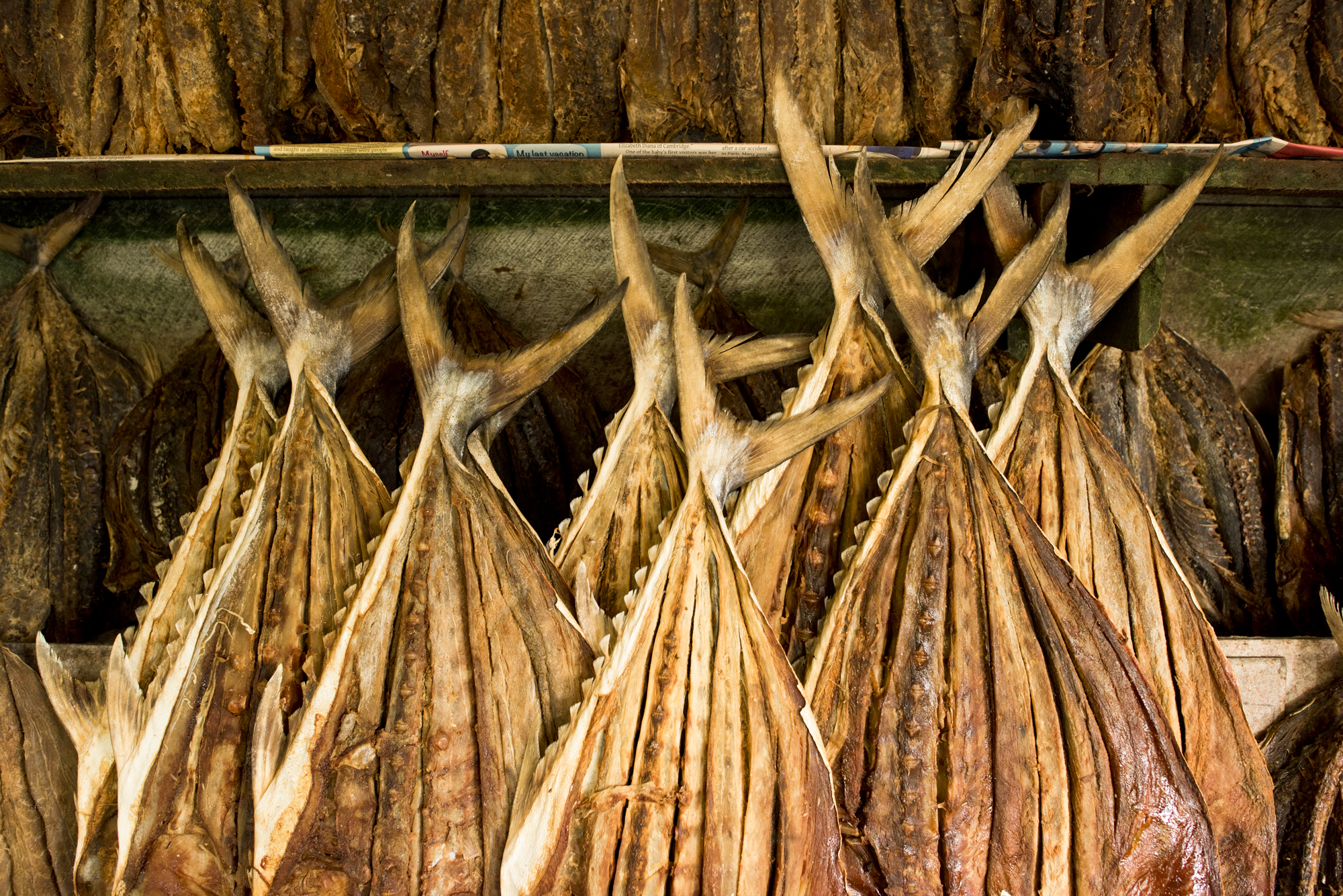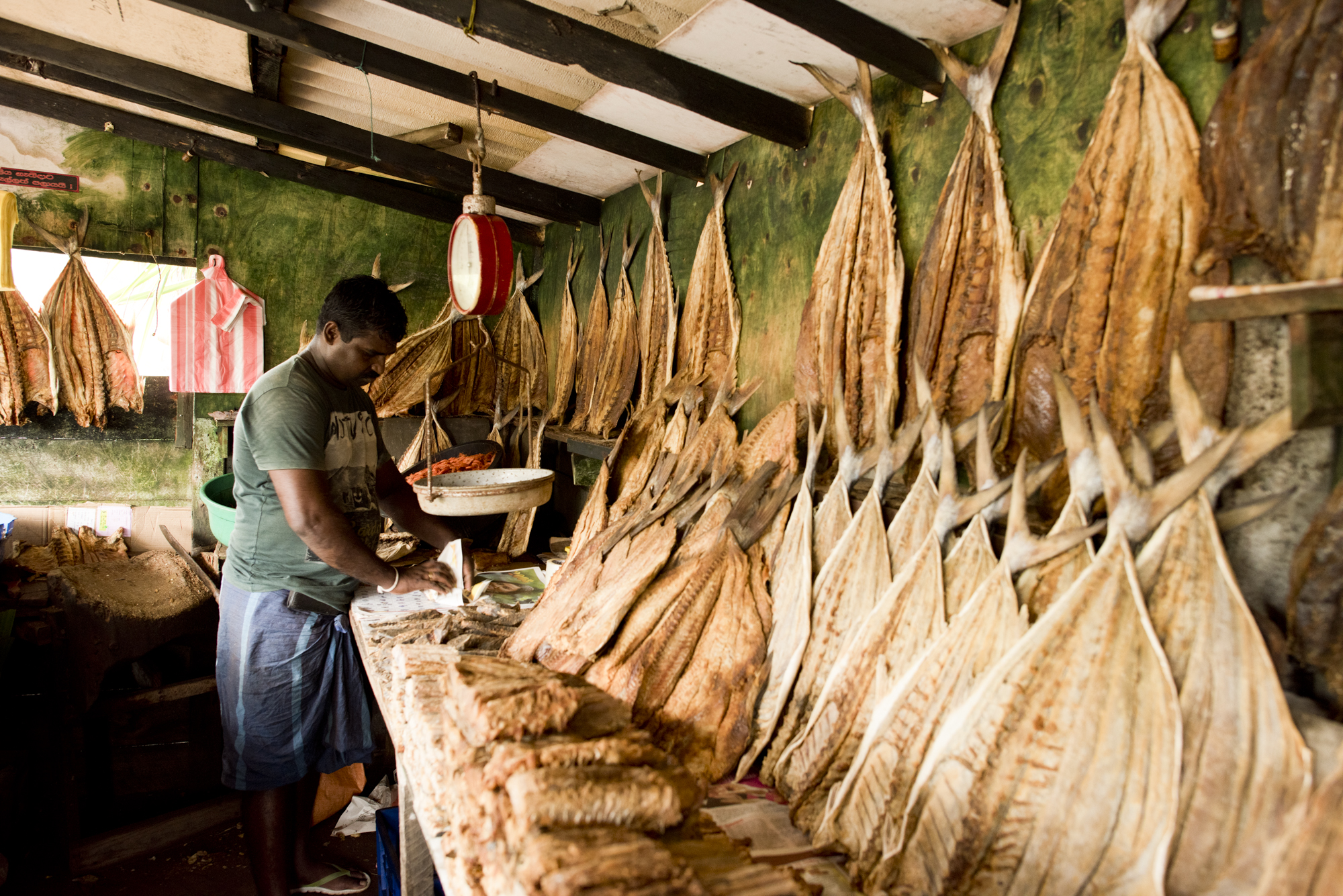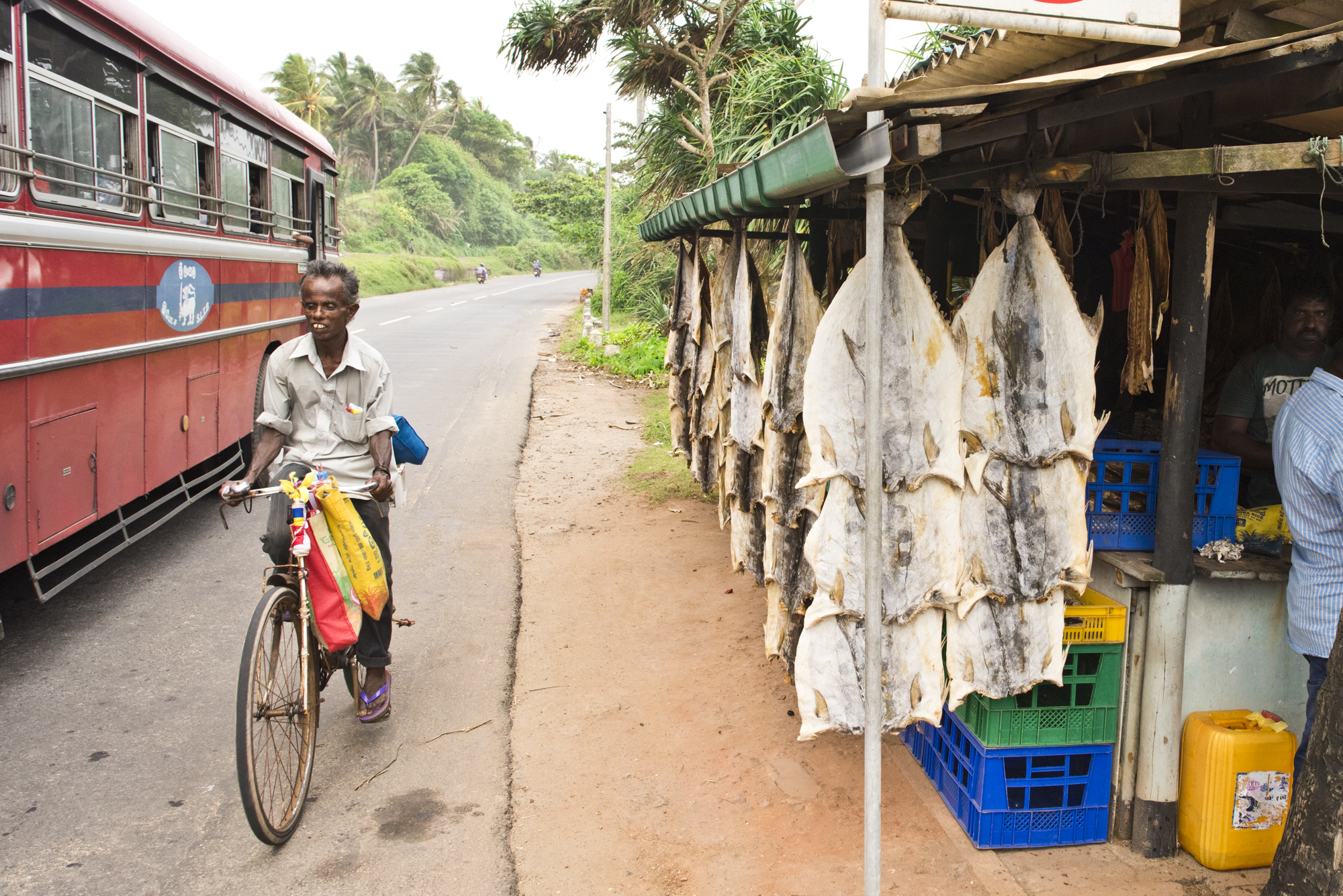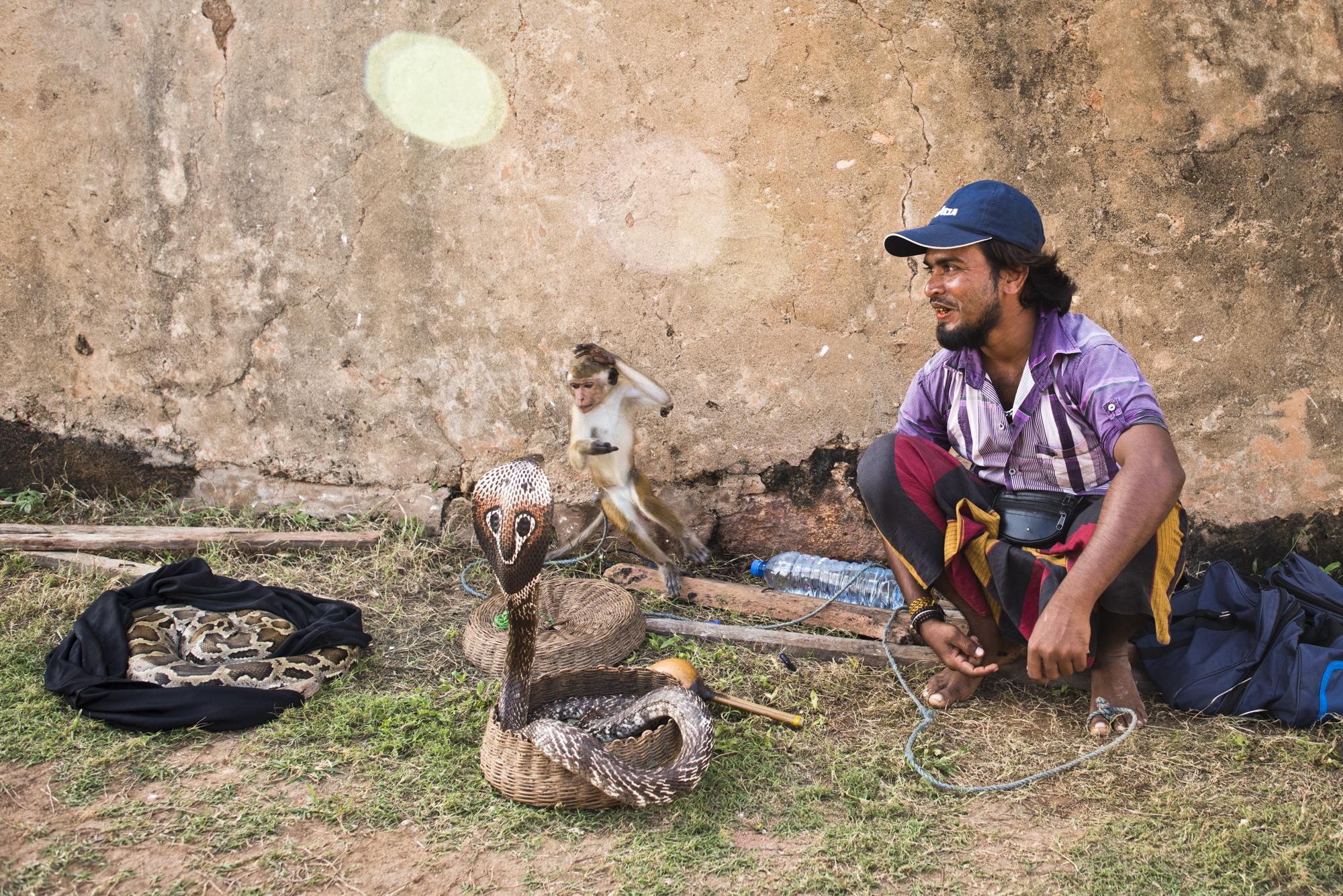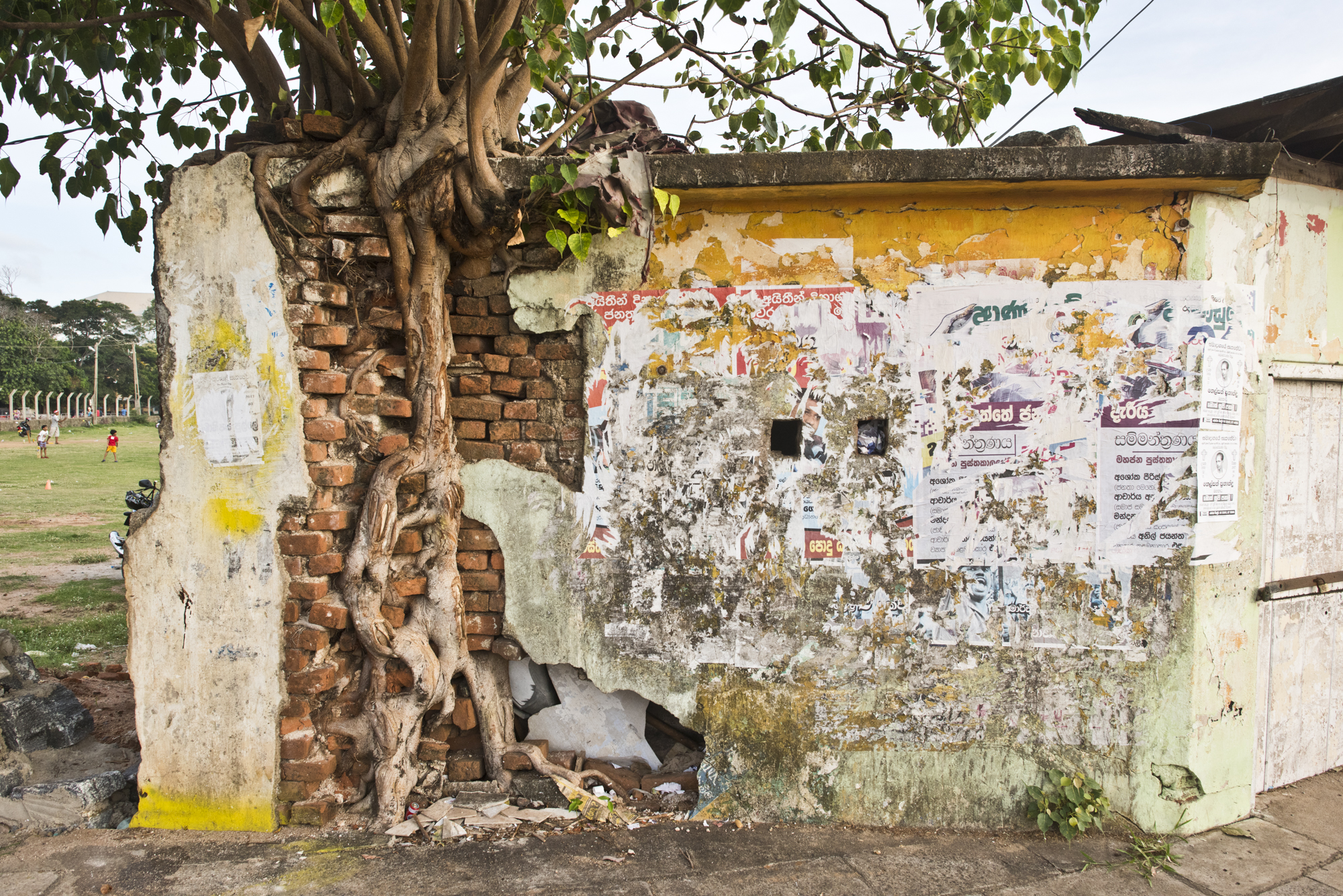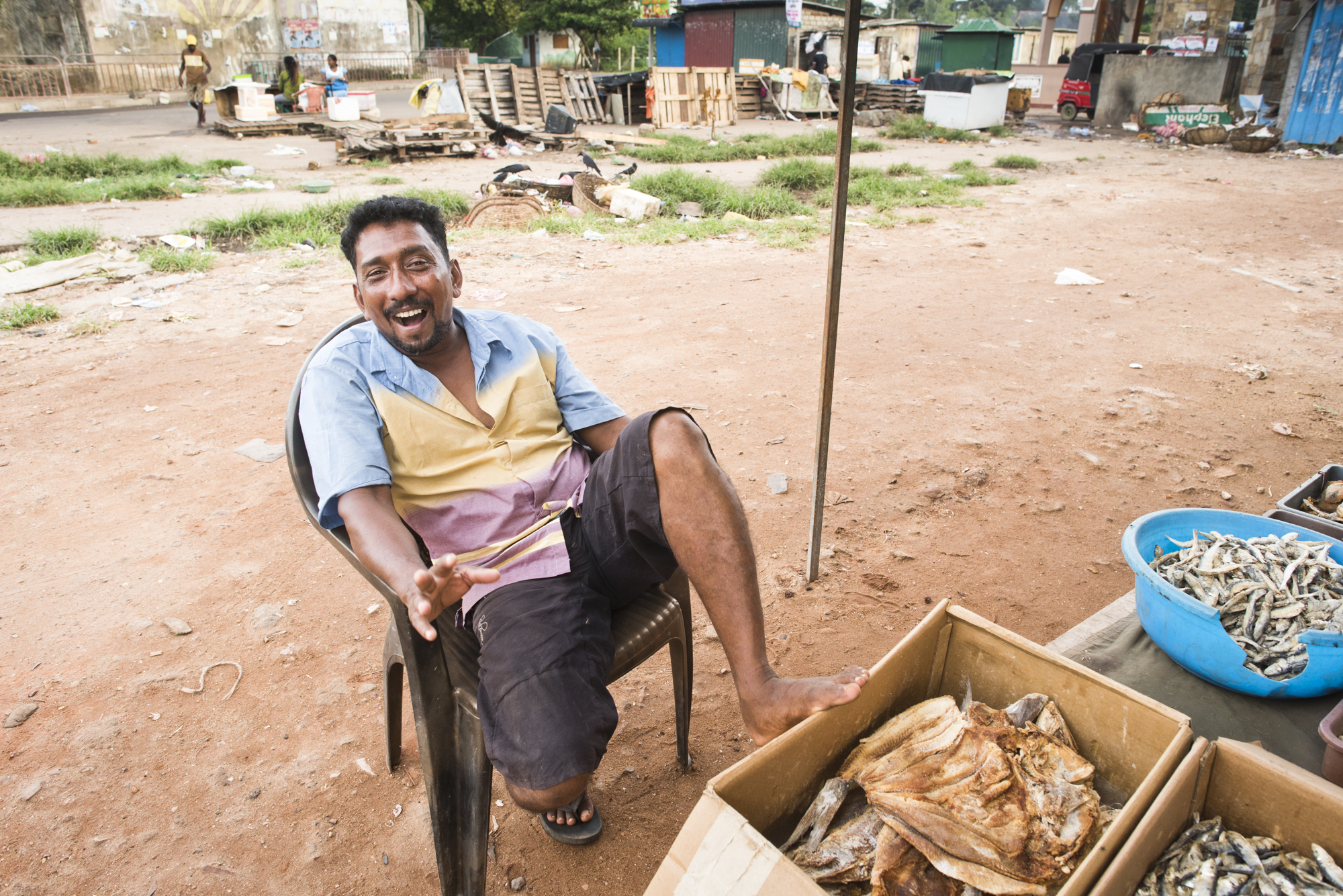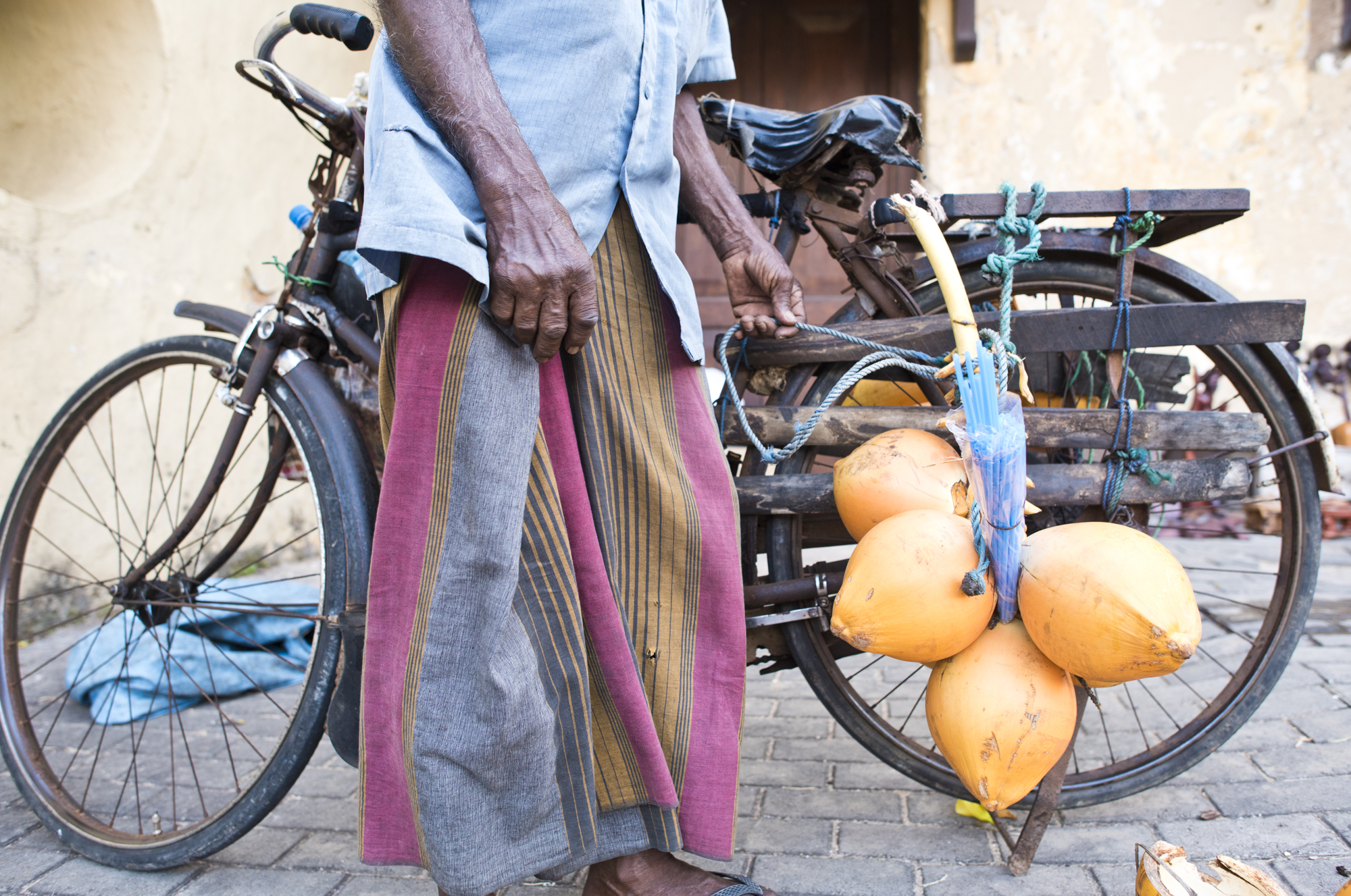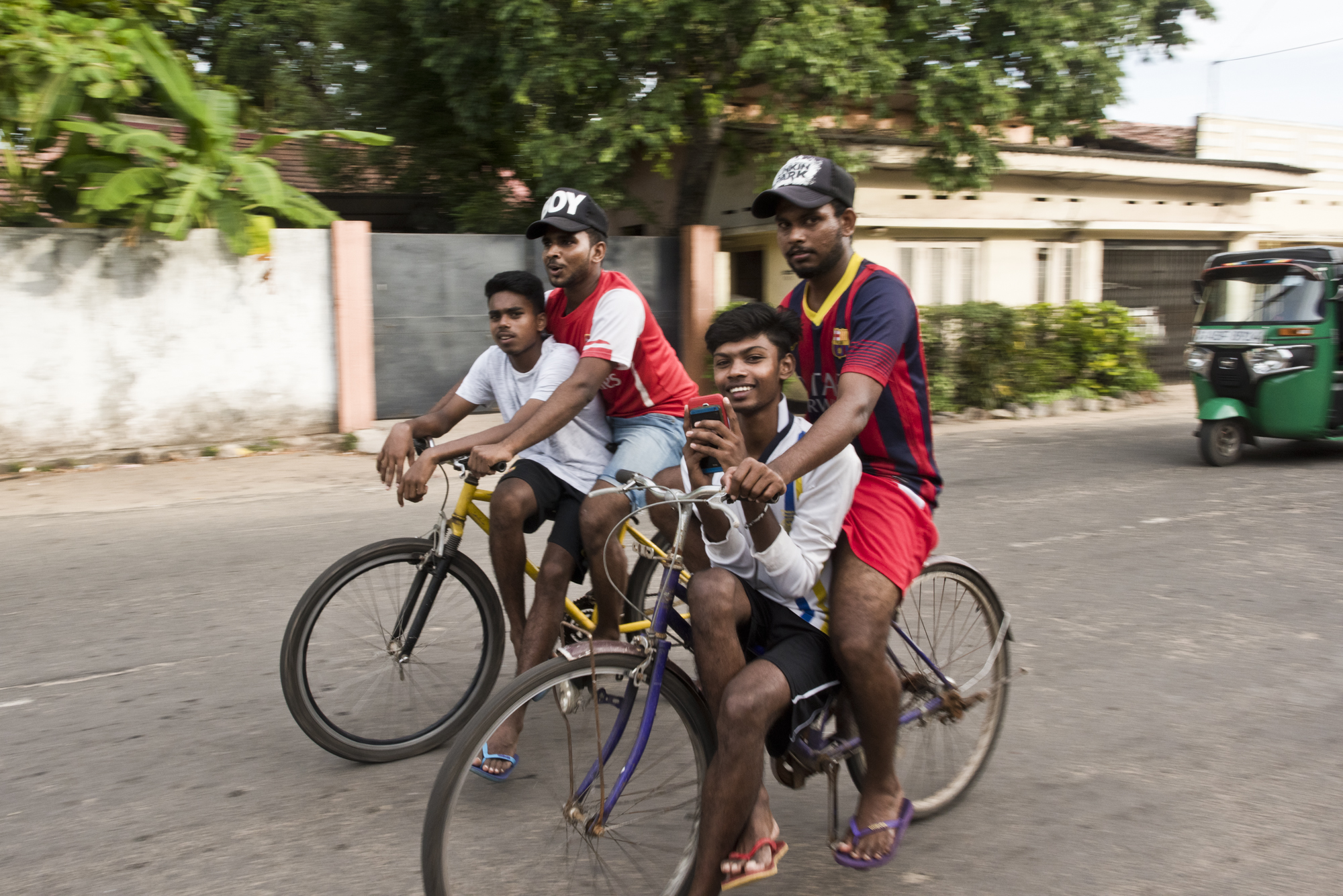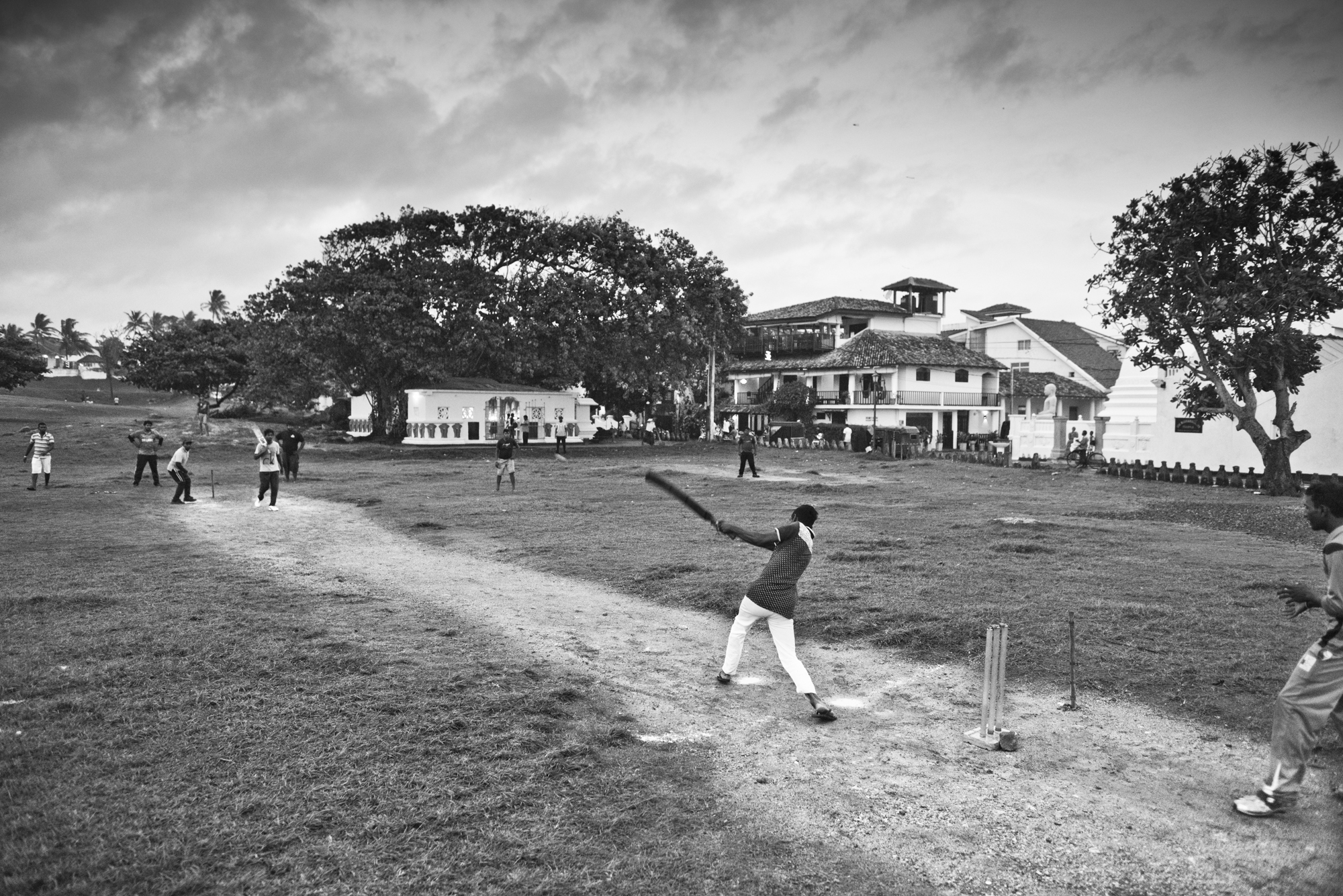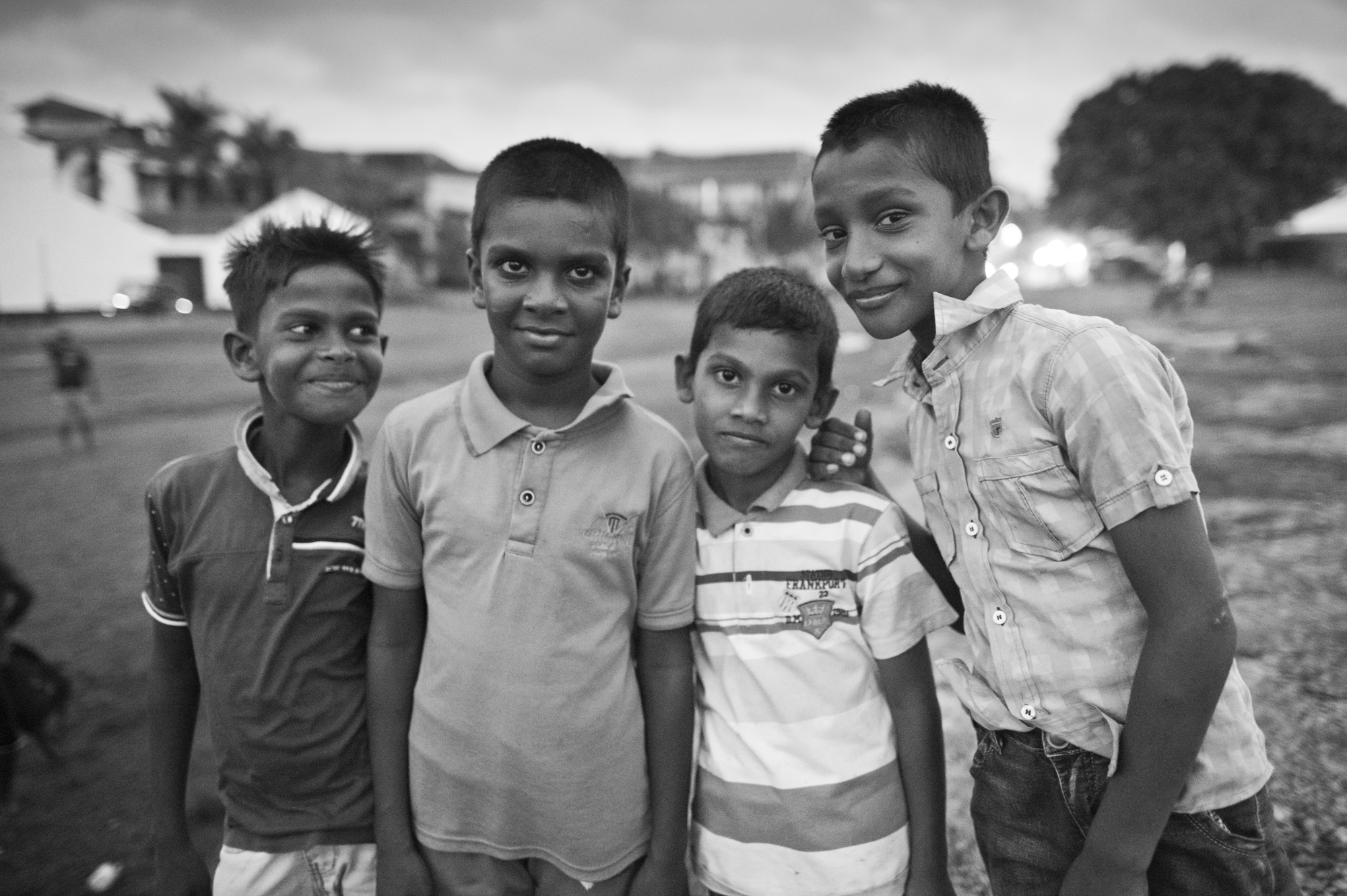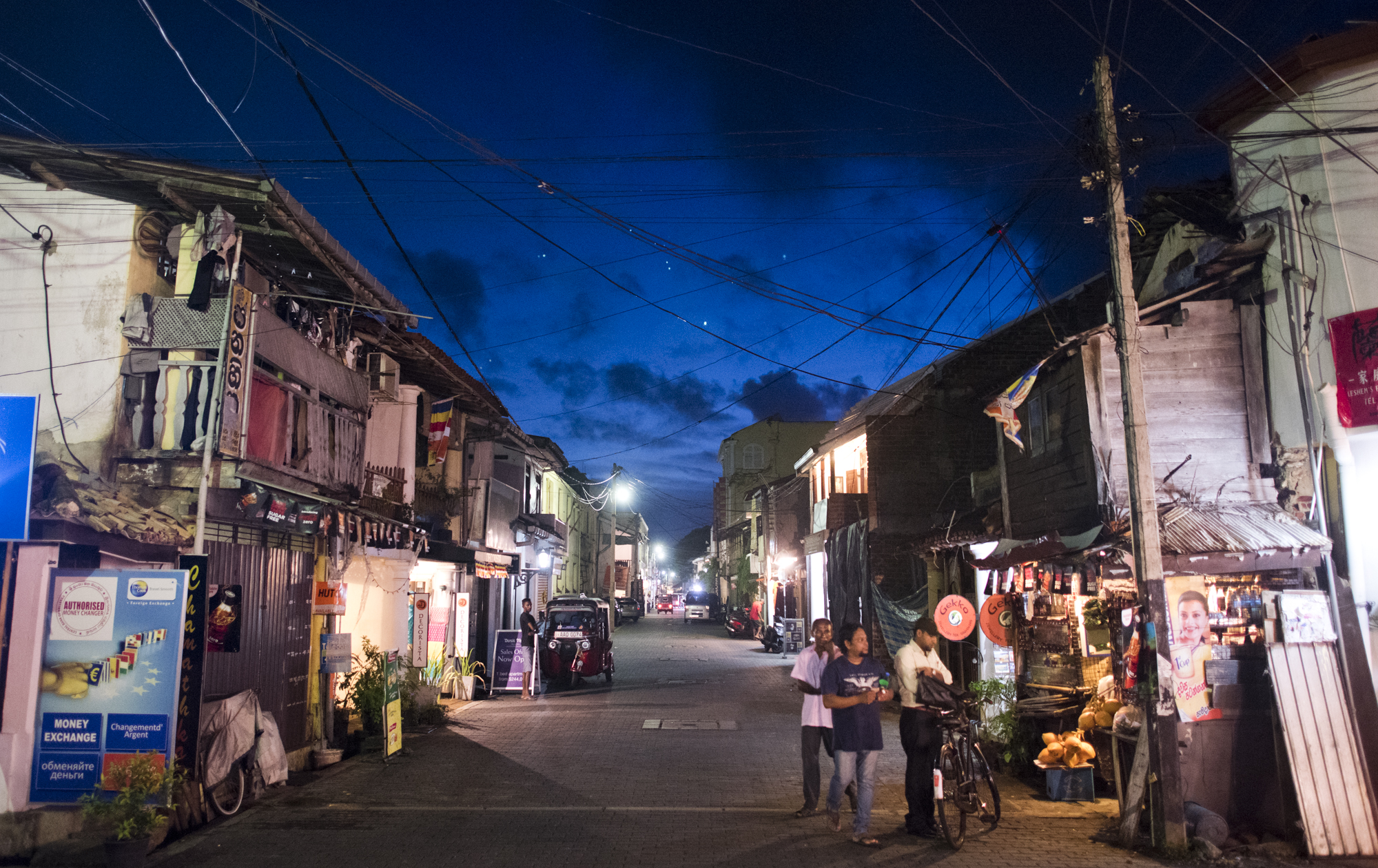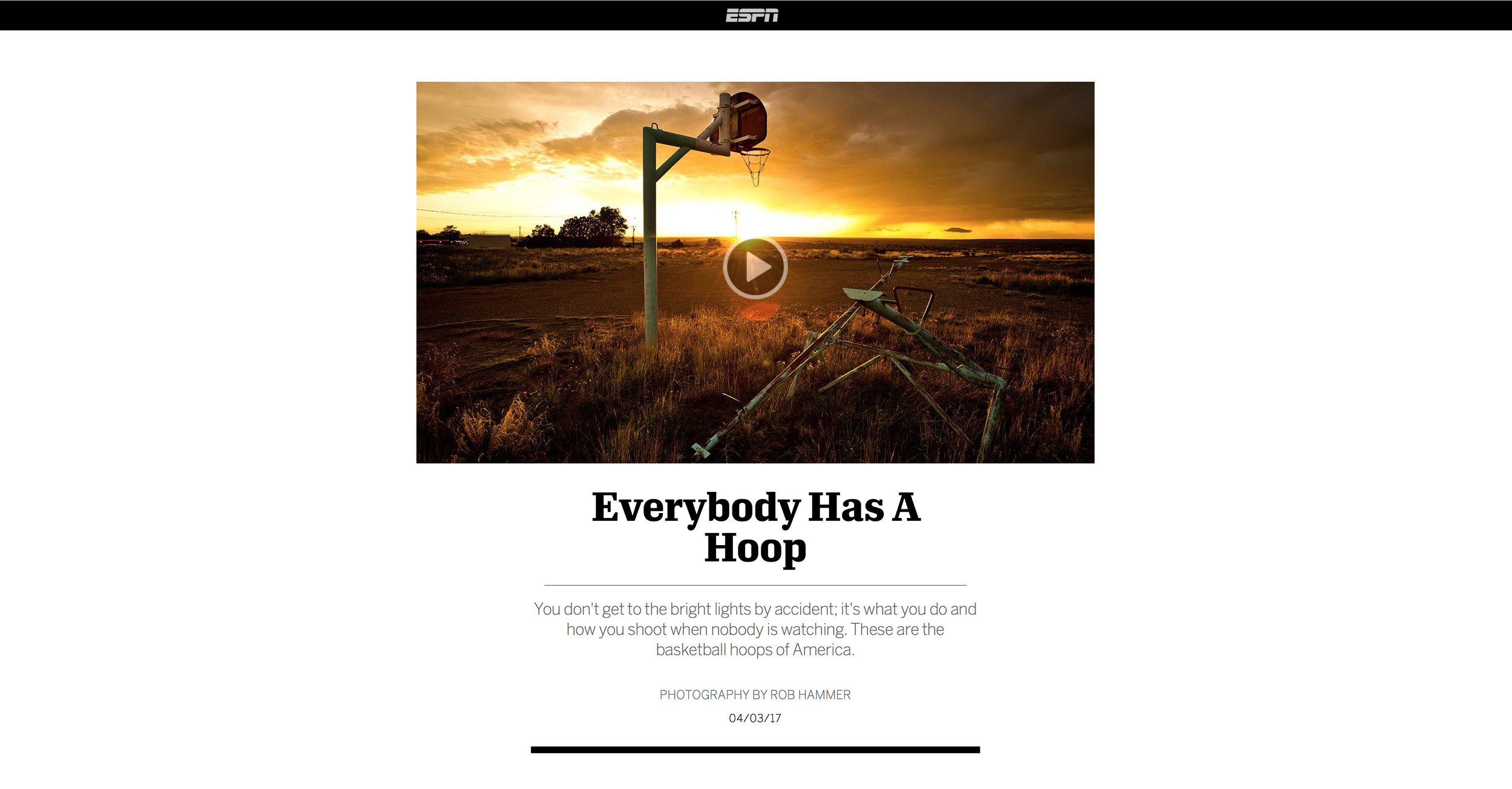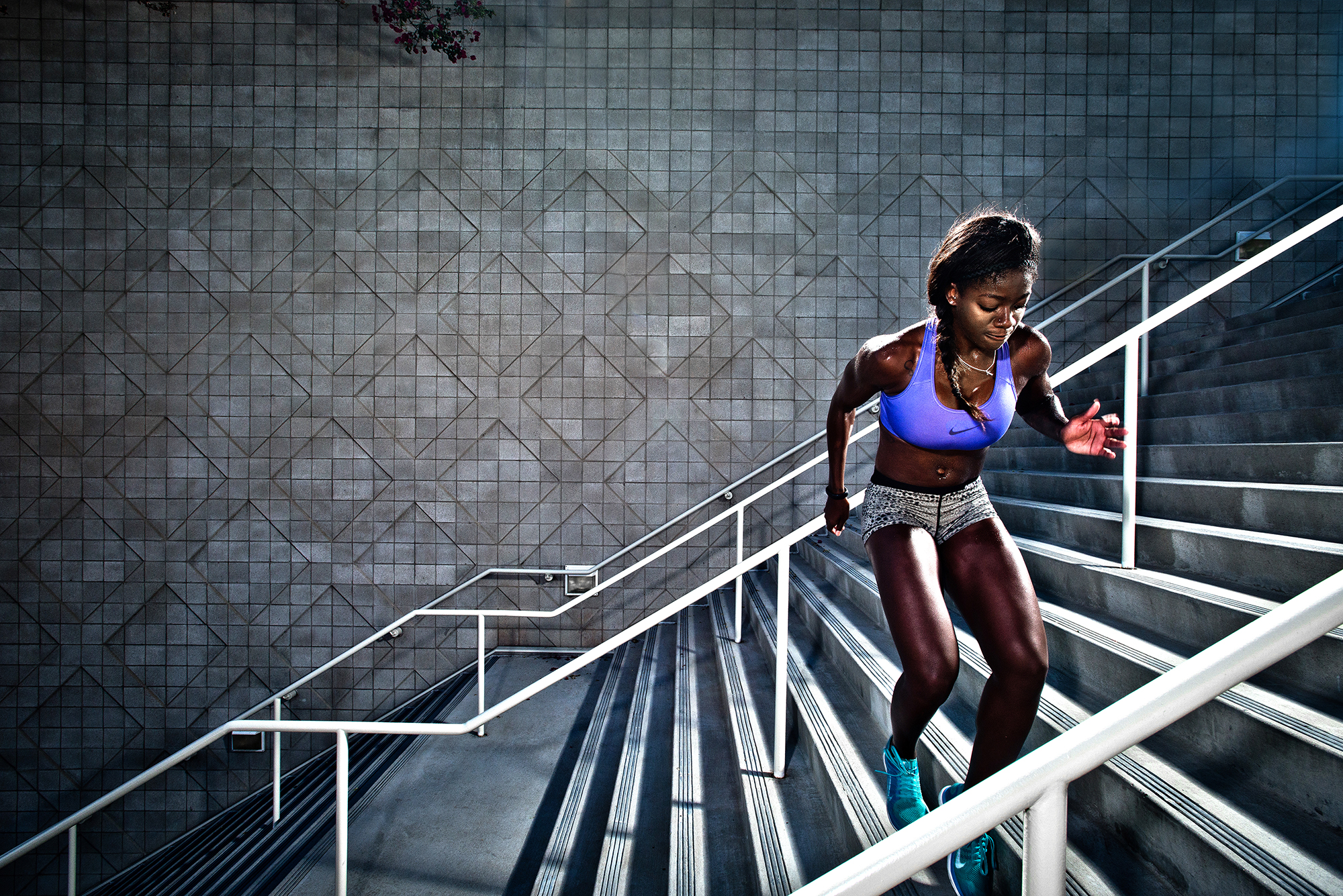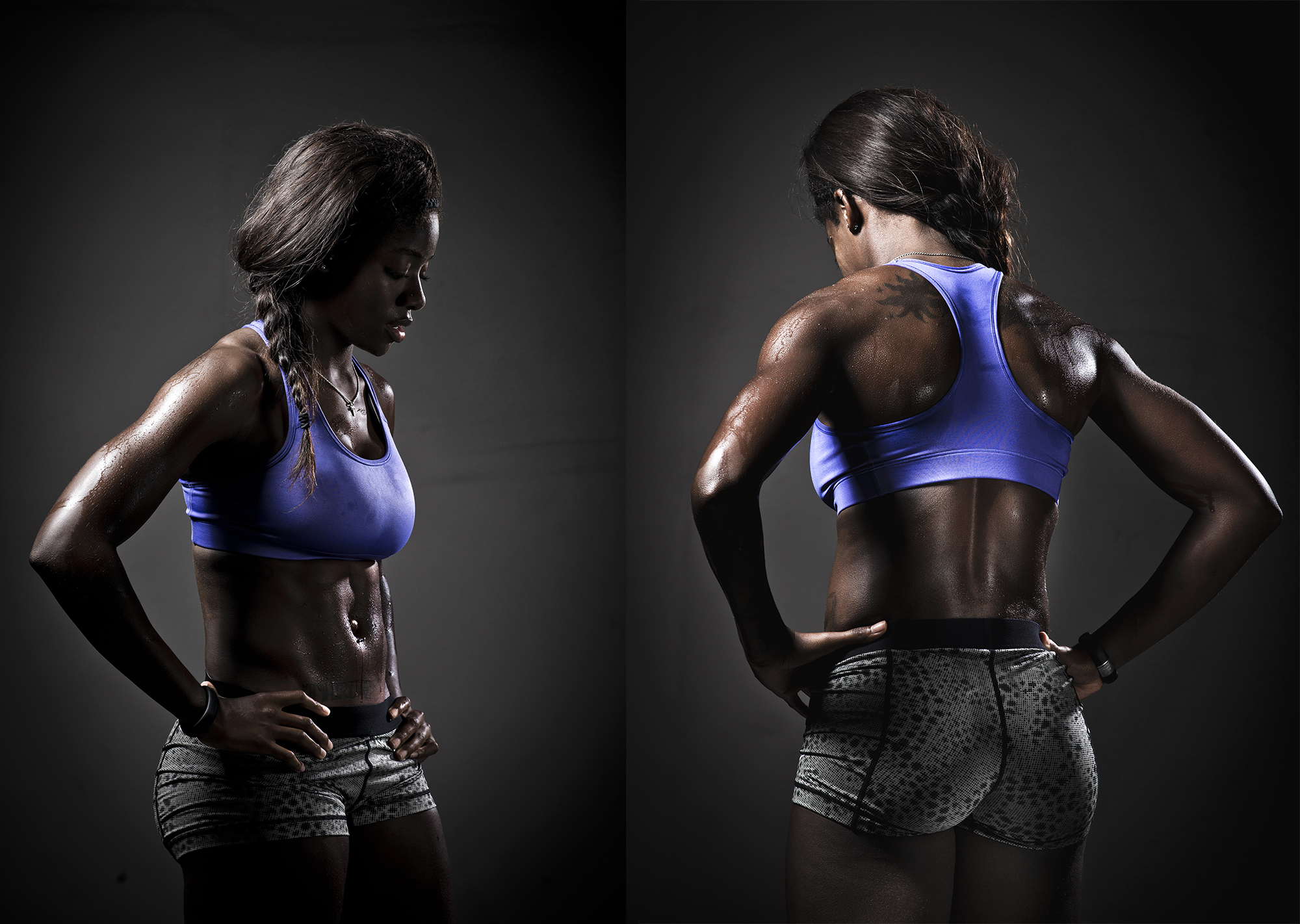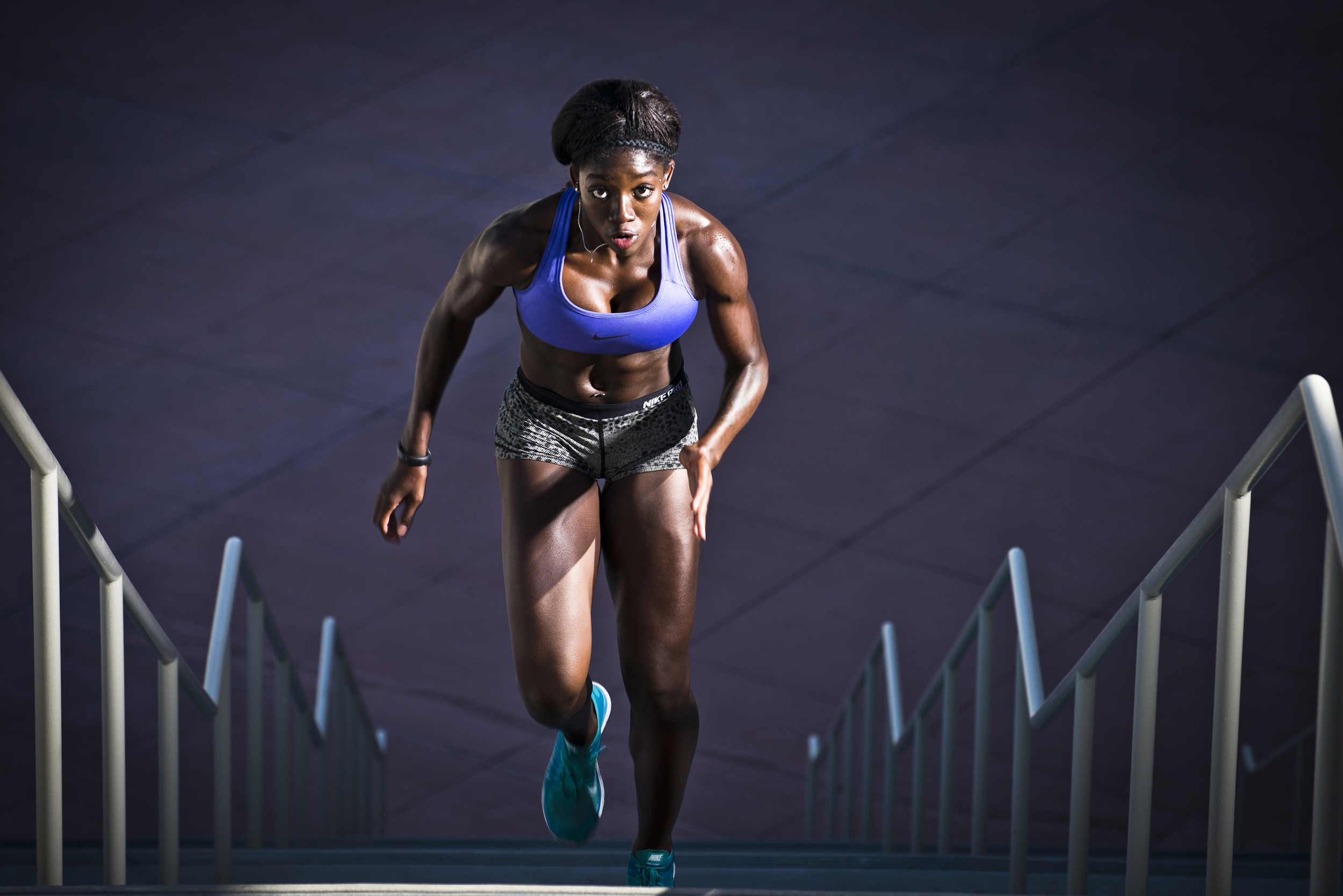Project Backboard - Basketball
Been saying this for a while now, but personal projects are the best, especially when they connect you with other like minded people. Which is certainly the case with Dan Peterson of Project Backboard. He’s been doing amazing things with outdoor basketball courts all over the country. Taking broken down courts and turning them into beautiful works of art that locals are excited to play on. Recently we visited a few of his courts in Los Angeles together, and I was able to talk with him first hand about the process and how things have developed over the years. I really applaud this project and hope that it continues to grow. If you want to check out more of what PB has done, go to their WEBSITE or follow along on their INSTAGRAM PAGE.
If you recognize the bridge in the Watts Oasis images, that’s because it is the very bridge from those famous scenes in White Men Can’t Jump. I personally love that movie and was ecstatic when Dan told me what it was.
Click here to see more of my basketball photography from the American Backcourts series
1) Where are you from and what place has basketball taken in your life (prior to Project Backboard) ?
I grew up in suburban NY during the heyday of the great 1990s Knicks teams and ultimately played a year of basketball at Iona College before leaving my official playing days behind.
2) When did you come up with the idea for Project Backboard(PB)?
Project Backboard wasn't really my idea! I started the work just by painting lines on public courts in Memphis that did not have any just because I loved outdoor basketball.
3) How long/what did it take to get things going for PB?
I got my first large grant about a year after starting Project Backboard but it was another year before I did the court with William LaChance in St. Louis that really got a lot of attention and opened the door for Project Backboard to become what it is today.
4) What was the initial reaction? How have reactions changed since you started?
The initial reaction was overwhelmingly positive and that is the reaction I have continued to get. That said, this style of court has become surprisingly common over the past 12-18 months that the reaction now may be a bit more restrained than the early courts. No one had ever seen anything like the William LaChance court when we first painted it.
5) How have you gone about getting funding for these projects?
A lot of the courts are funded either by community or corporate foundations.
6) What is the process like from the original idea for a court to the final execution?
The painting process is different for each court depending on what the artist has in mind for the court artwork. Sometimes its a lot of measuring and straight lines or curves and other times we create a grid across the entire surface of the court and drawing the artwork box by box.
7) PB has teamed up with some big name companies. How have those relationships come about?
People reach out and I respond! I am always open to collaborating but the successful projects have been ones were the brands are able to be a little less “corporate” in their approach and allow the artist the freedom to create and lead the project vision.
8) What is the overall goal for PB?
For every community to have a safe and inviting basketball court. I love outdoor basketball and want to share that with others but, from my perspective, the way that will happen is when individual community members step up to help care for public spaces and hold those charged with maintaining those spaces accountable.
9) Any big projects in the works that you want to share?
Yes! Looking forward to a few courts in the Bay Area and a court in Puerto Rico along with a handful of others.
10) Random thoughts on PB......
I appreciate all the support and, as I said, always open to collaborating and helping others follow my example so don't hesitate to reach out!












